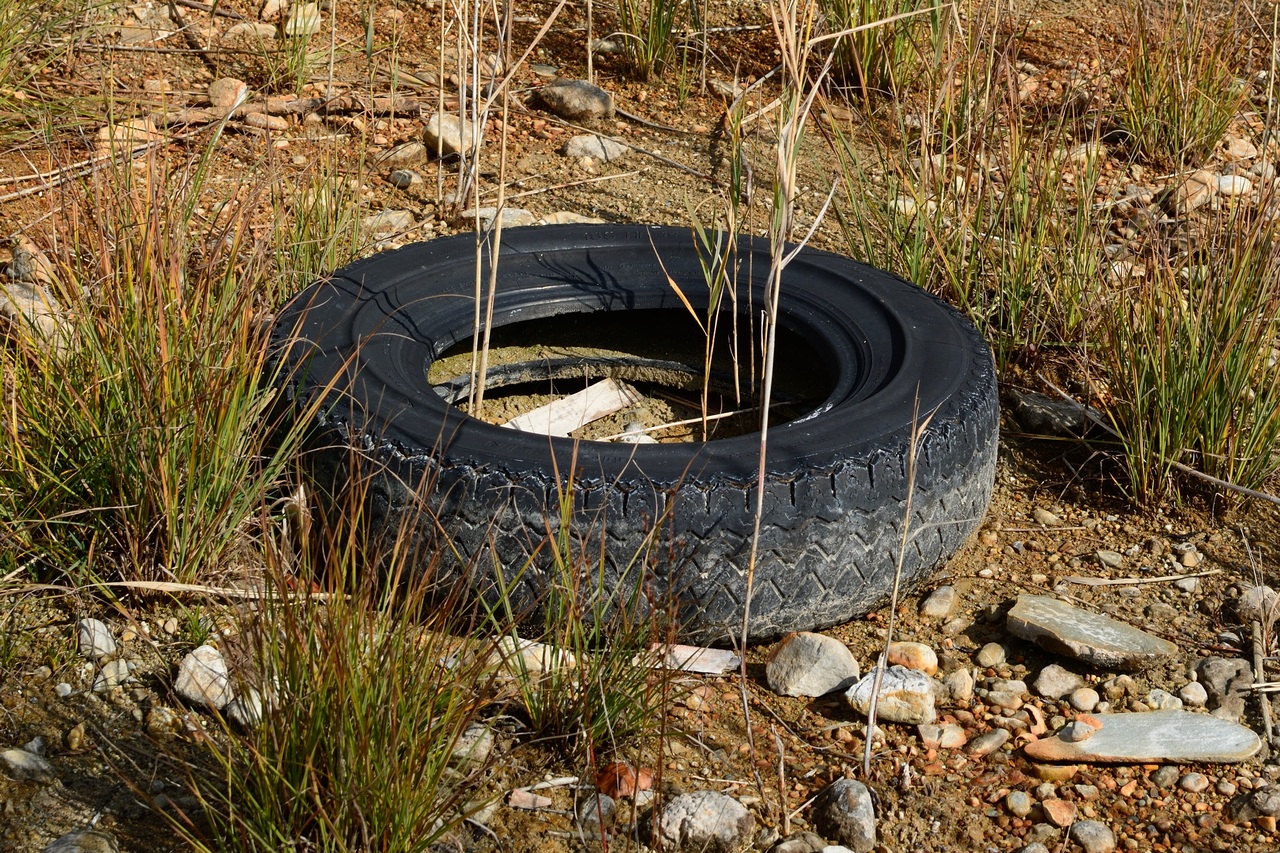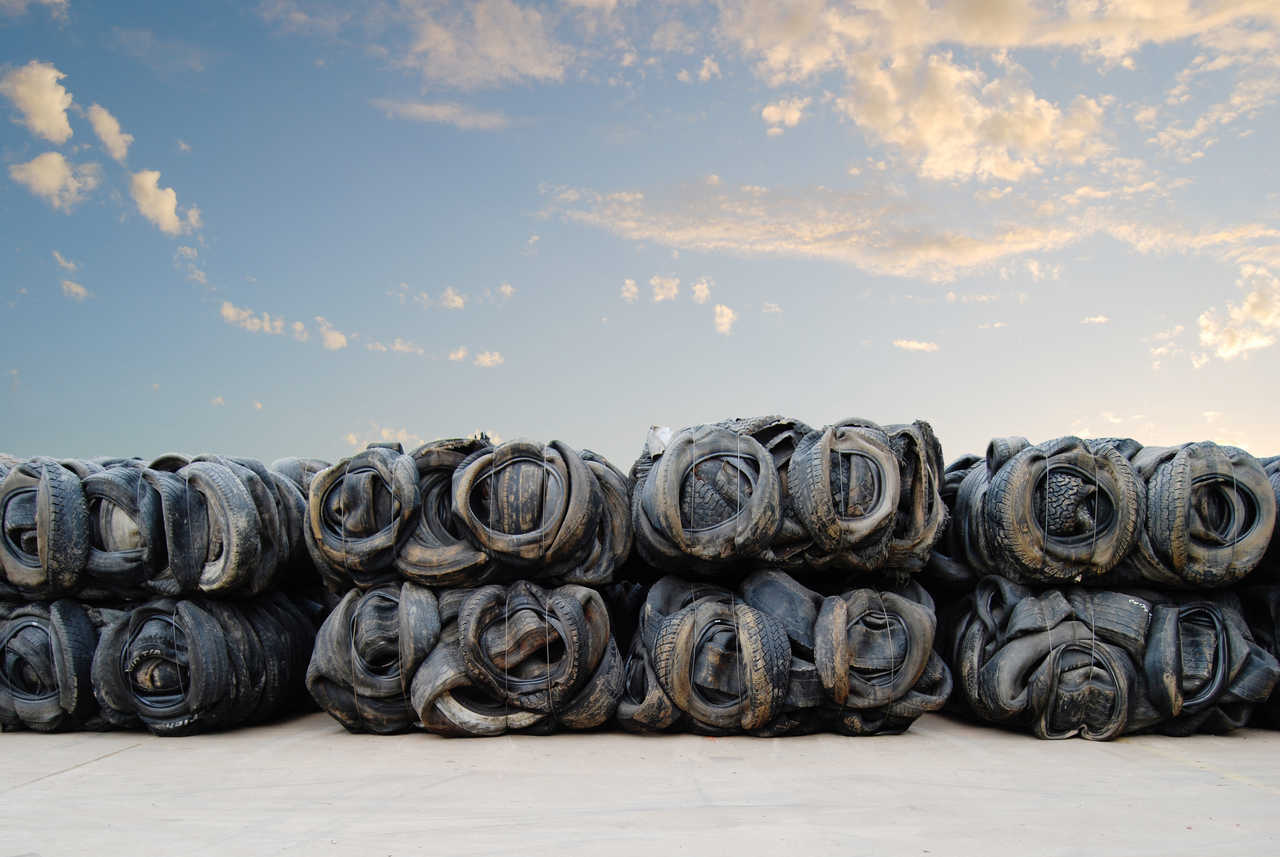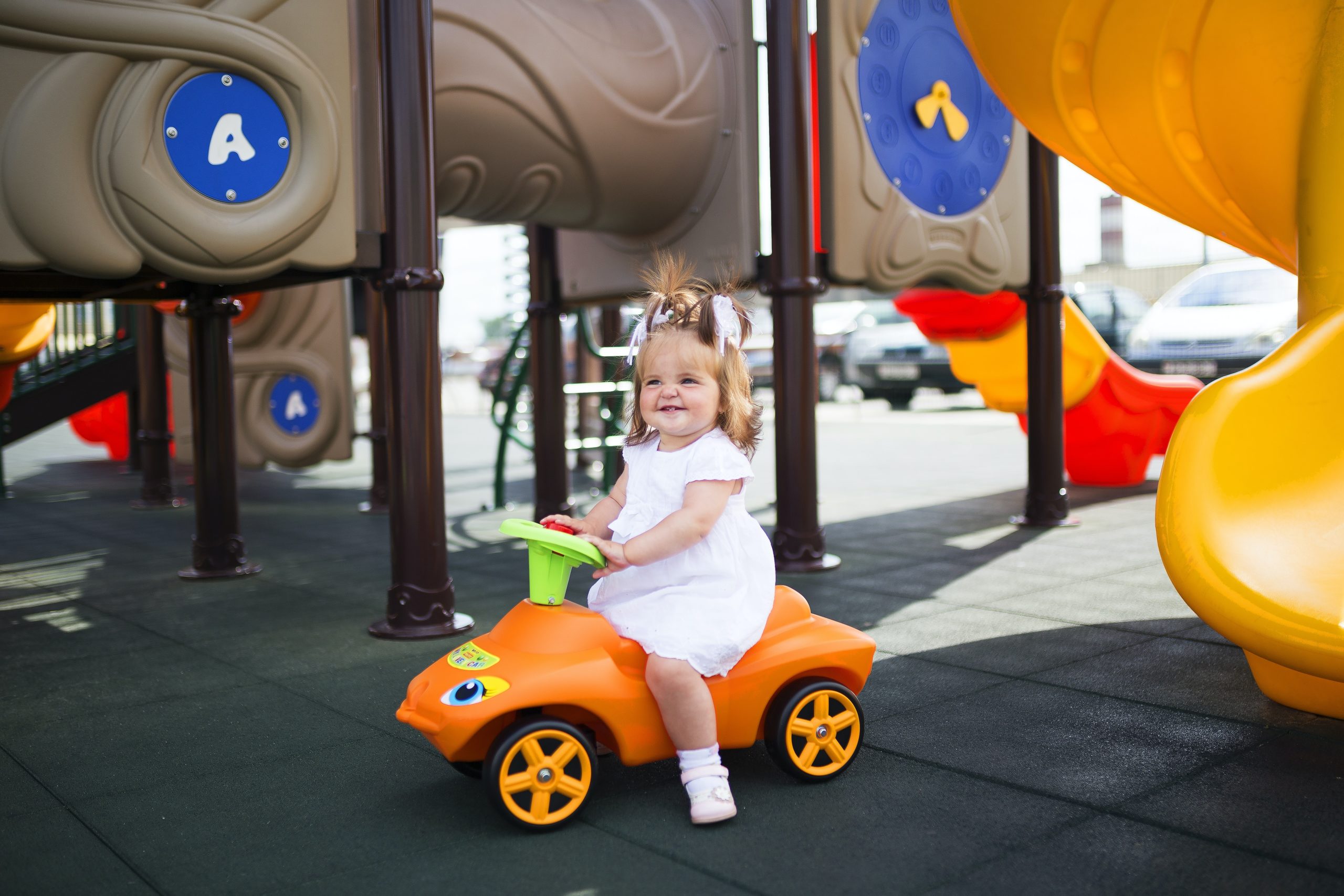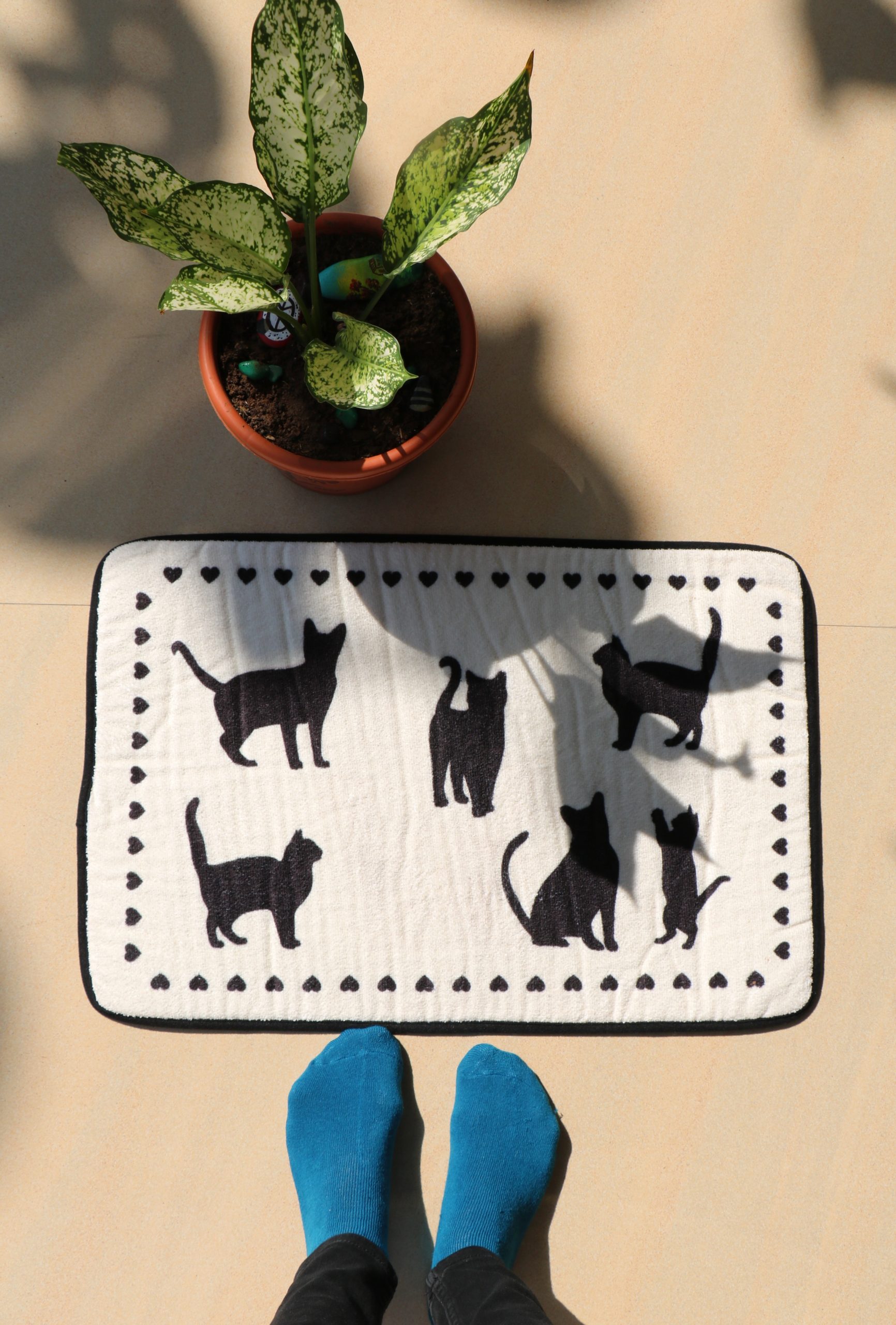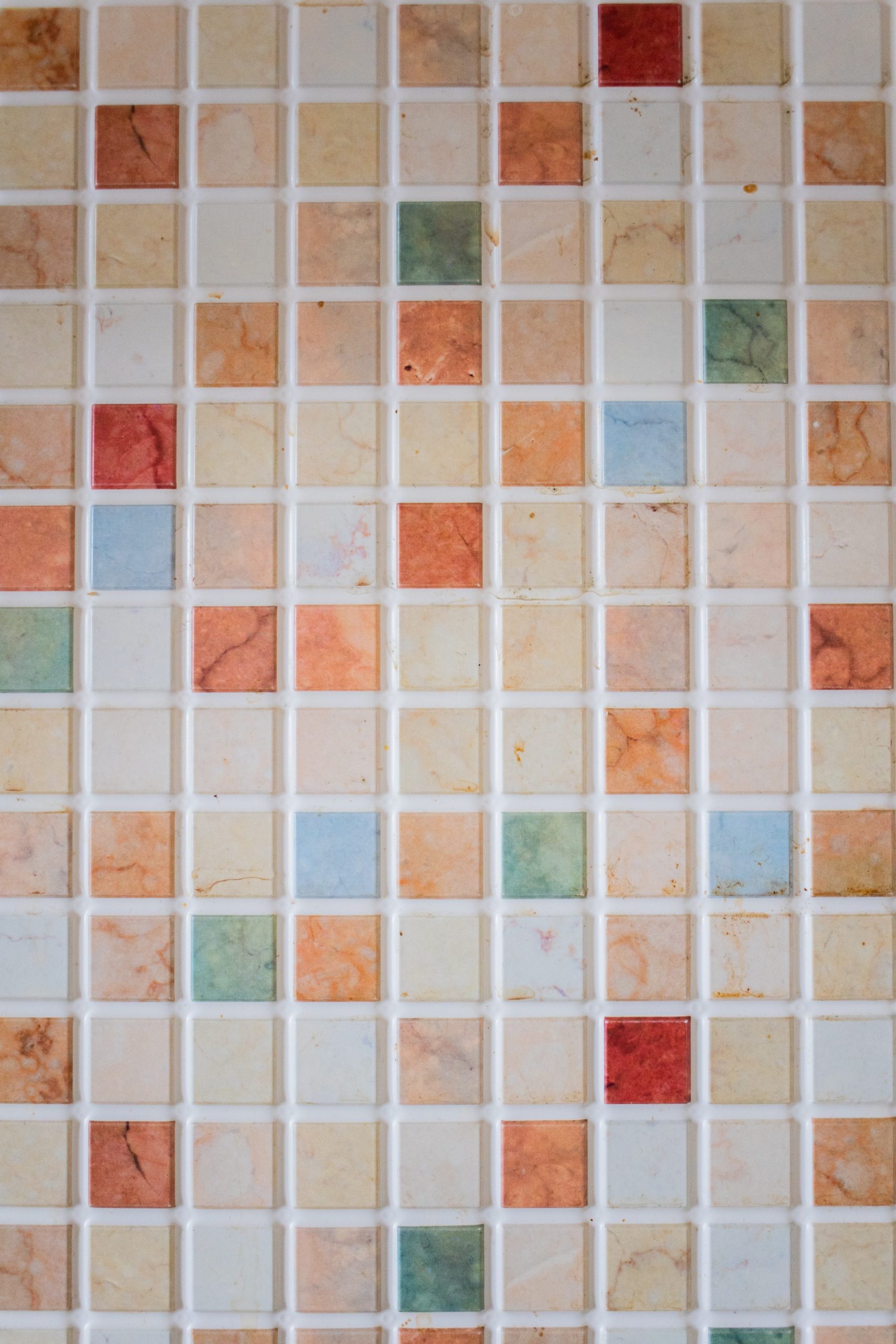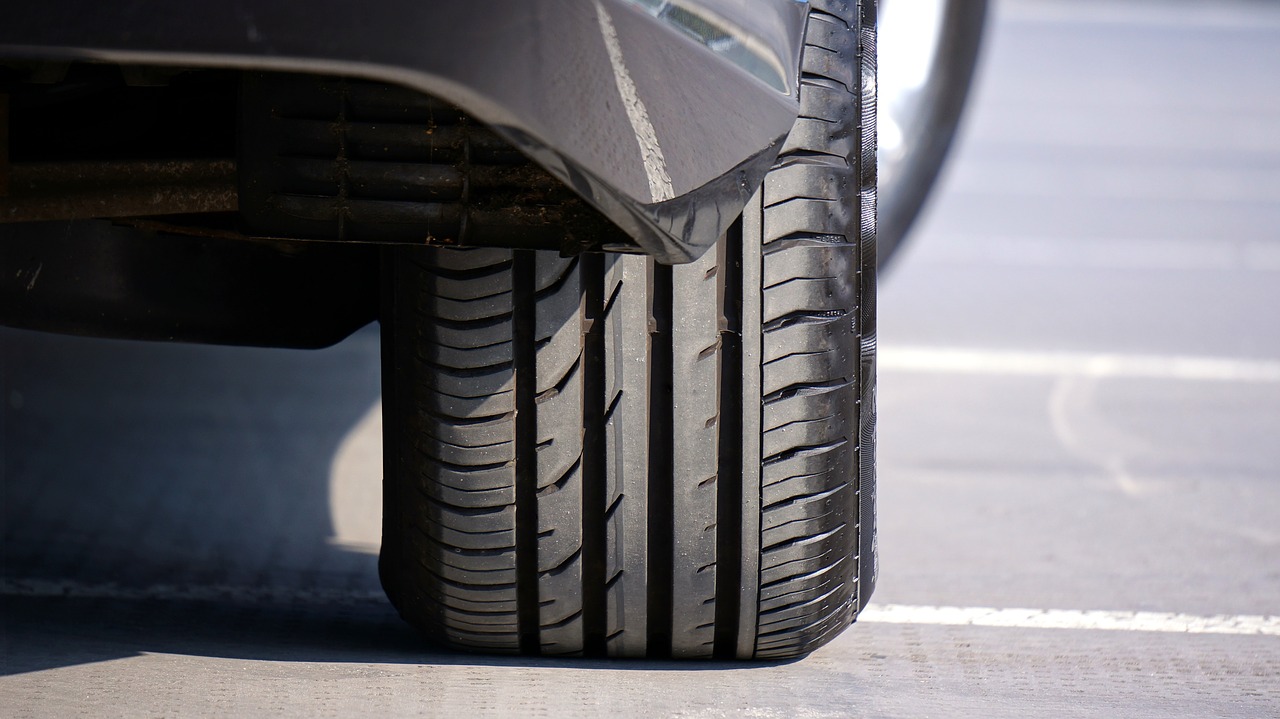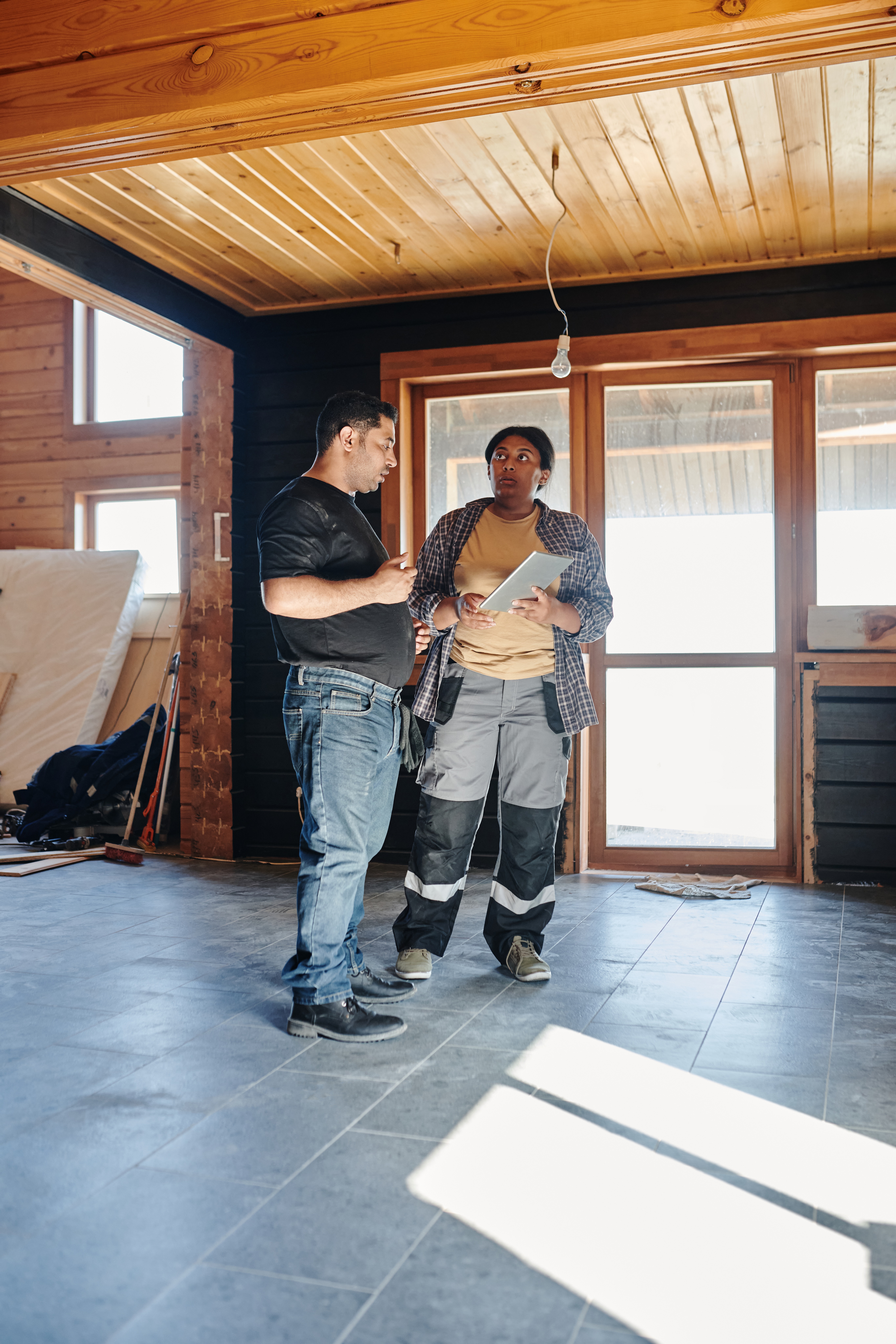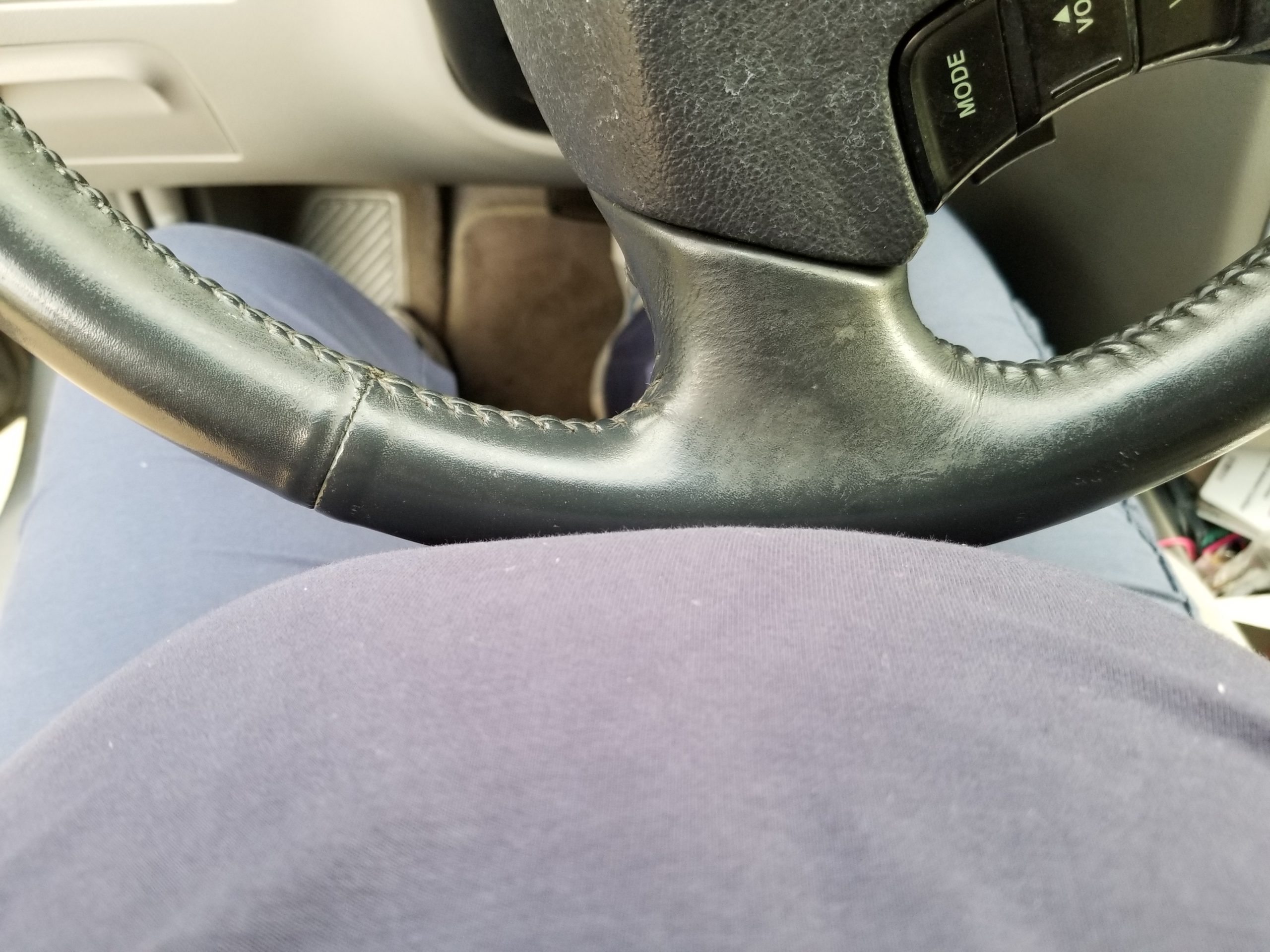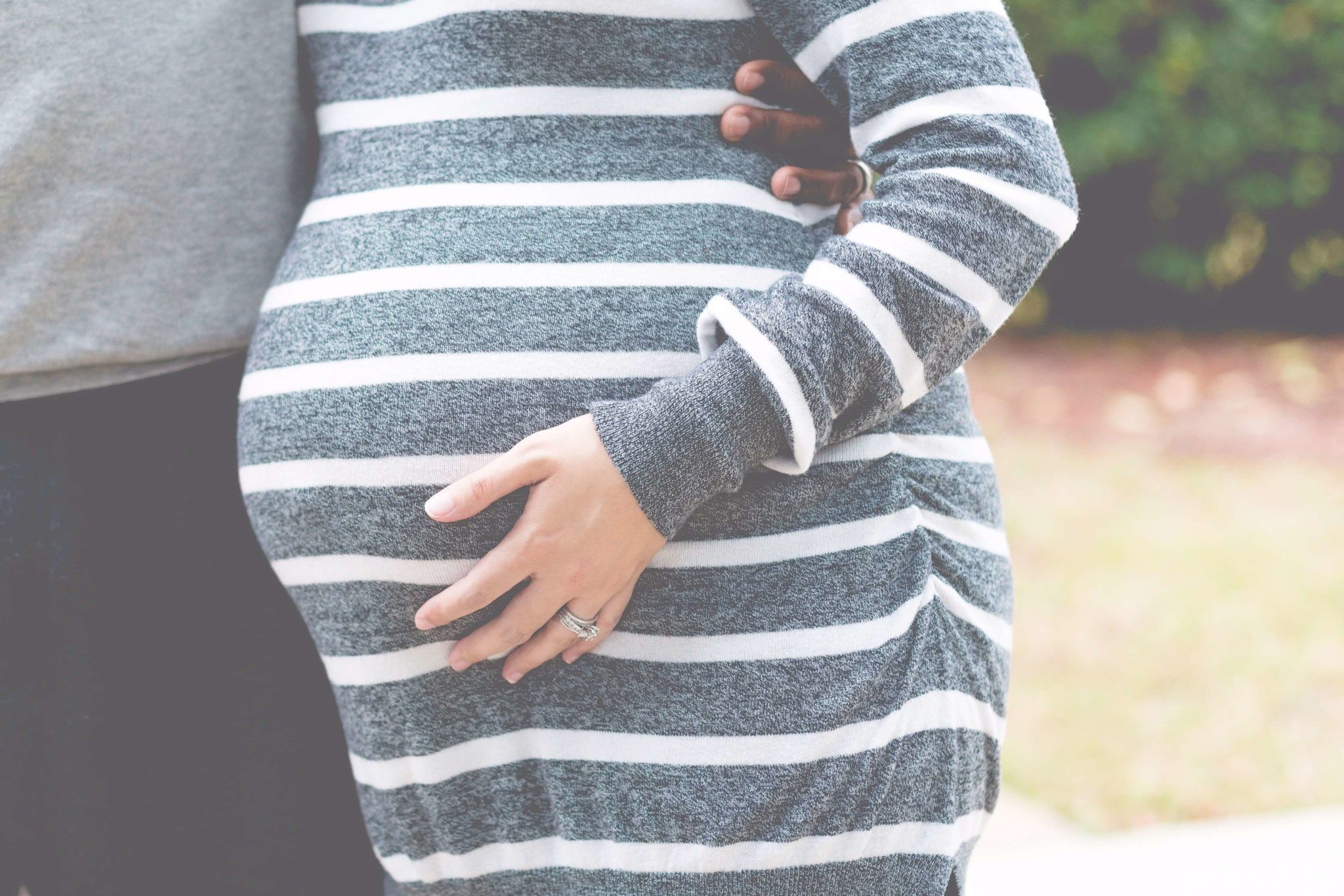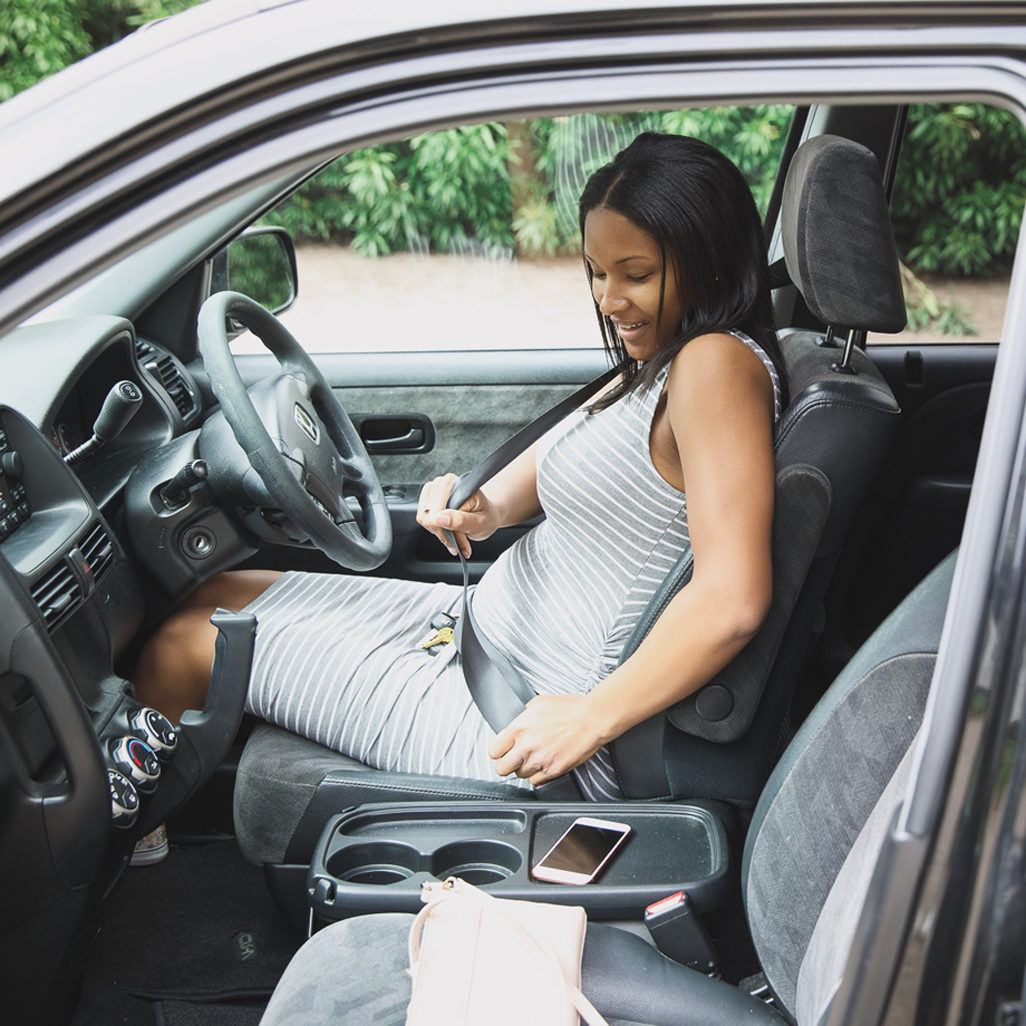Mercedes-Benz South Africa announces introduction of five full Battery Electric Vehicles
By H&H Admin
Through the introduction and inauguration of Mercedes-EQ to the South African market – the all-electric world of Mercedes-Benz and the brand which represents all electric powered vehicles, Mercedes-Benz has provided further proof that the age of electric mobility has arrived.
Five new models from the global Mercedes-EQ range will be launched during the course of 2022 in South Africa as part of a clear strategic push to position the brand as a global and local leader in the electric vehicle market.
The range for 2022 includes the EQA SUV, the family-sized SUV EQB, The mid-sized EQC, based on the GLC platform, the electric business sedan EQE and the luxury sedan EQS. These fully electric vehicles from the Mercedes-EQ family are part of a transformation that’s gaining momentum rapidly.

Leading in electric drive and digitization is a key pillar of the Mercedes-Benz strategy that was announced by Mark Raine, newly appointed President of Mercedes-Benz Cars and Co-CEO of Mercedes-Benz South Africa.
The new strategy aims to leverage the brand’s strengths in the luxury space, while unlocking the full potential of its unique speciality brands, namely AMG, Maybach, and EQ.
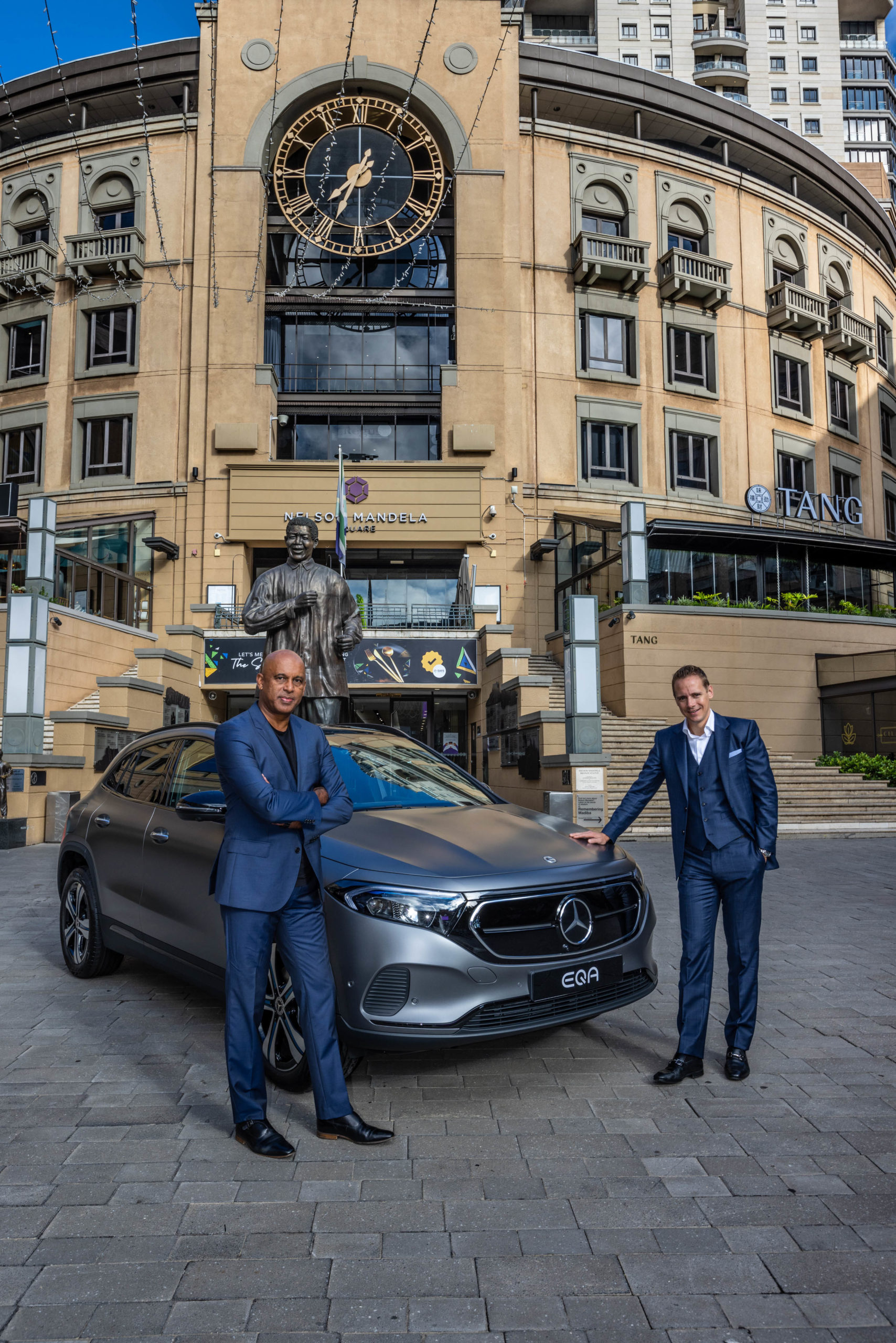
Market and network readiness
Raine is confident that South Africa will see a strong uptake and growth in the luxury electric vehicle market in the next 12-24 months. “Technology is the key to engineering a sustainable future. As the leading premium luxury automotive brand, we are once again leading the way into the future of the automobile and mobility as a whole”.
Raine announced that Mercedes-Benz Cars will collaborate with Grid Cars for public charging, and that every EQ customer will additionally receive a complimentary Mercedes-EQ wall charger, installed at a location of their choice.
Raine added that 36 of its Agent partners across South Africa have been appointed as Retail and Service partners for Mercedes-EQ, which will add to the public charging grid and also provide highly trained professionals both at sales and aftersales levels to help overcome any reservations around issues like range anxiety.
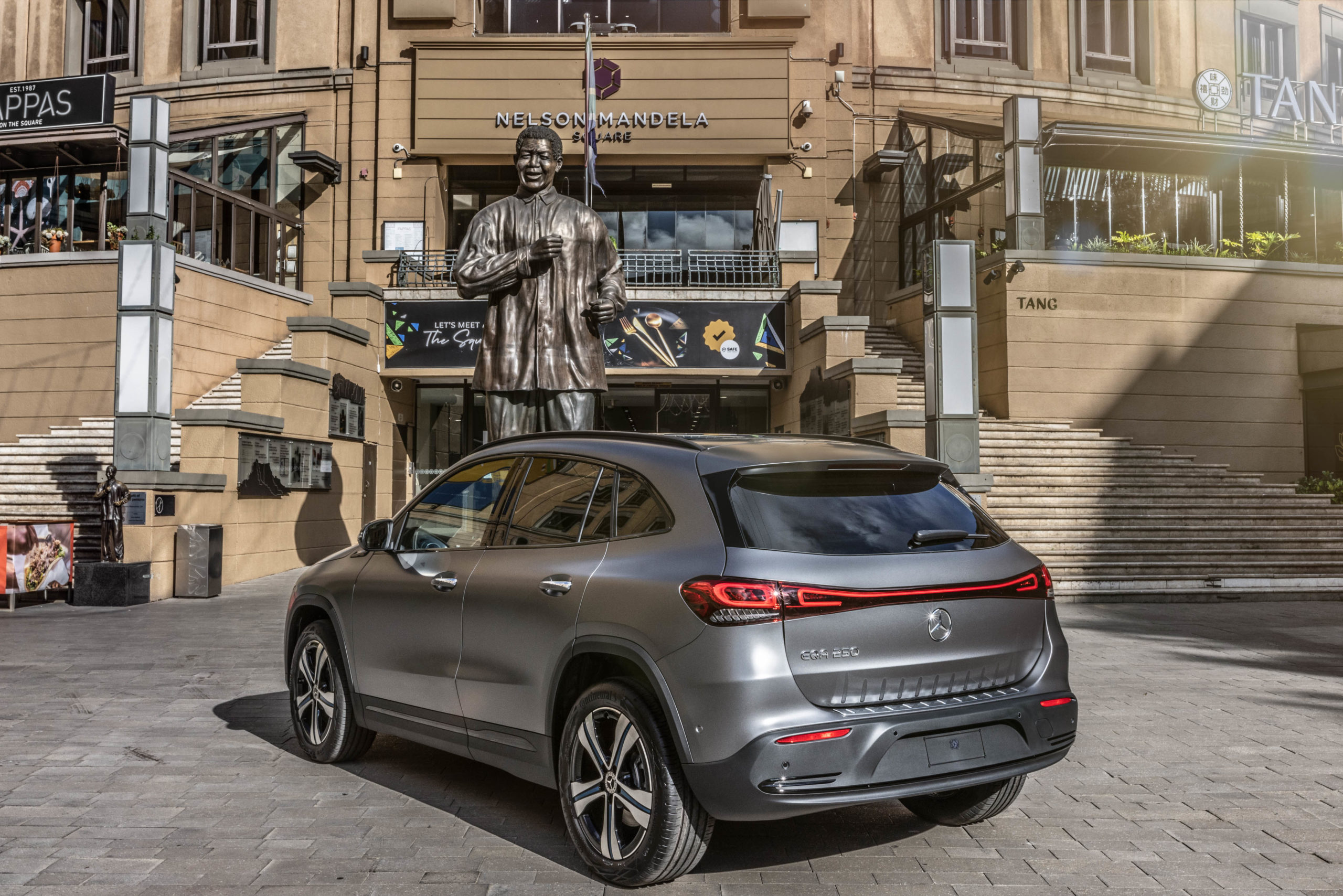
The new Mercedes-EQ range
Selvin Govender, Vice President of Sales and Marketing, stated that the “Mercedes-EQ range will provide benchmark performance for South African’s in the EV space. The EQ-design language of “sensual purity” combined with “progressive luxury” is highlighted by the specific exterior and interior design elements, and are completed by an EV-service ecosystem”.
EQA: all-electric dynamic sports SUV
The EQA is a dynamic, all-electric sport SUV. A close relation of the GLA, it delivers all the characteristics of that vehicle, combined with an efficient electric powertrain.
The EQA 250 derivative will be available for the South African market, with a power output of 140KW, a range of up to 412km (WLTP) and a combined electrical consumption of 17.7kWh/100km.



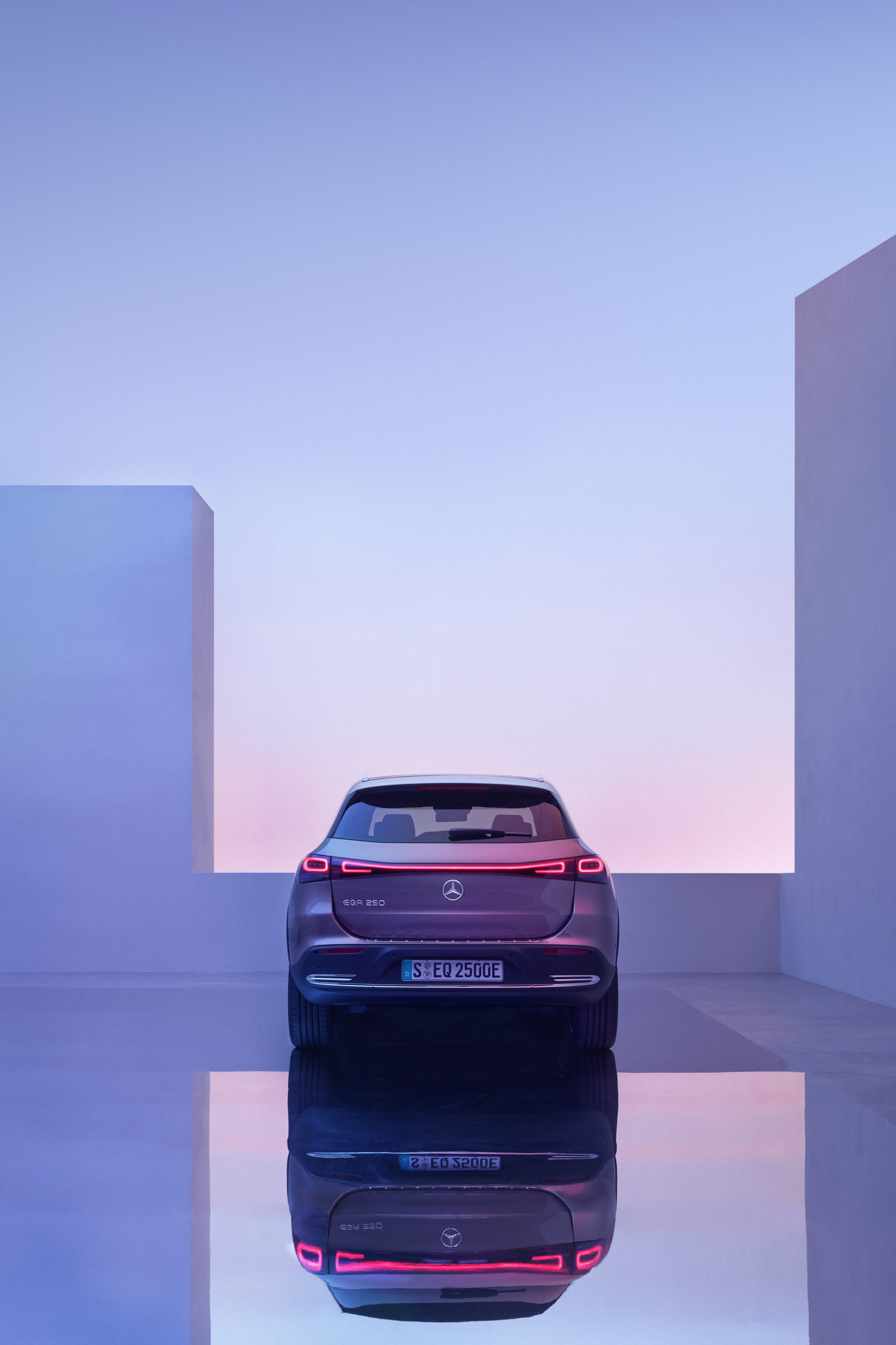
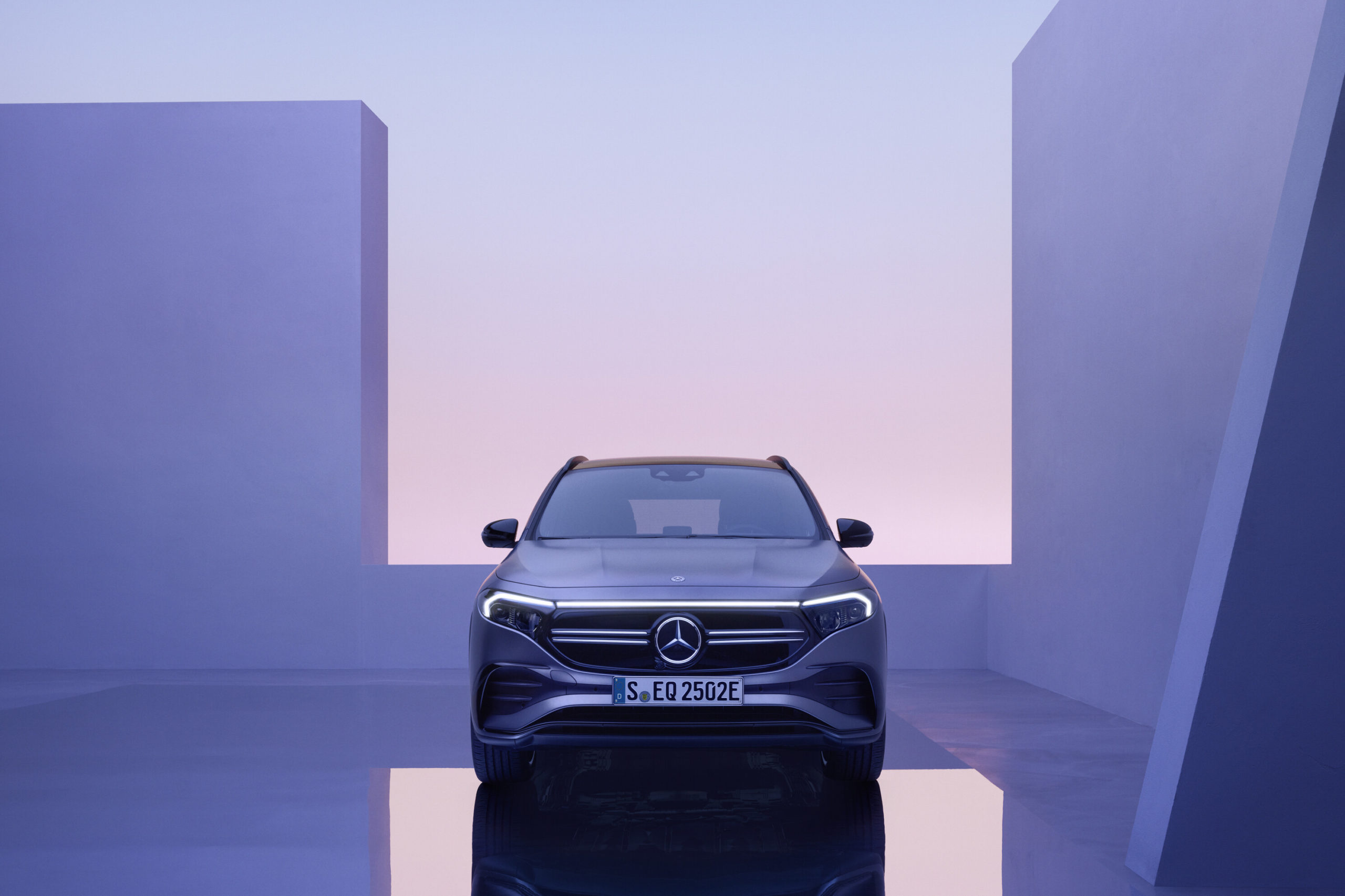
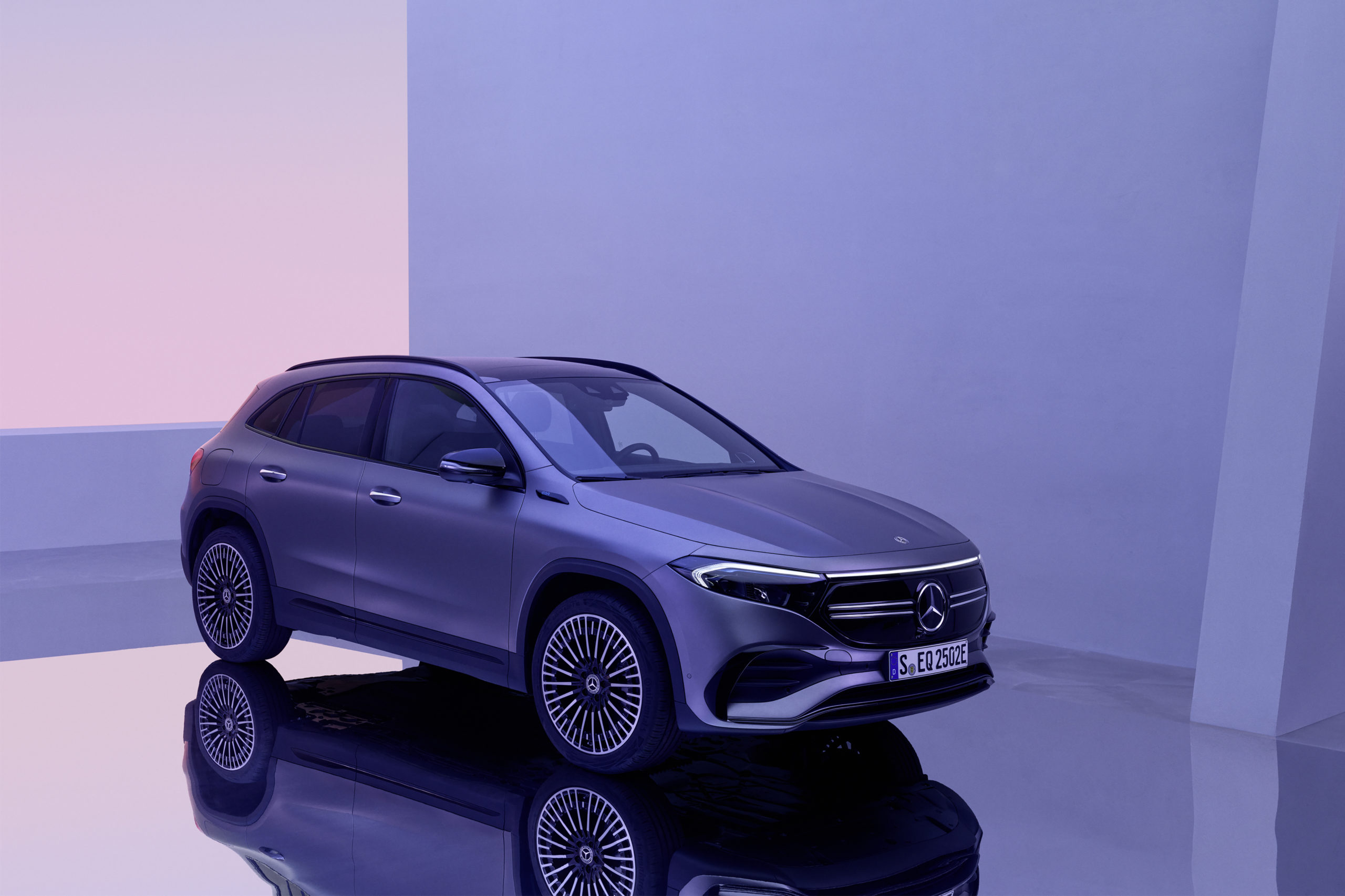
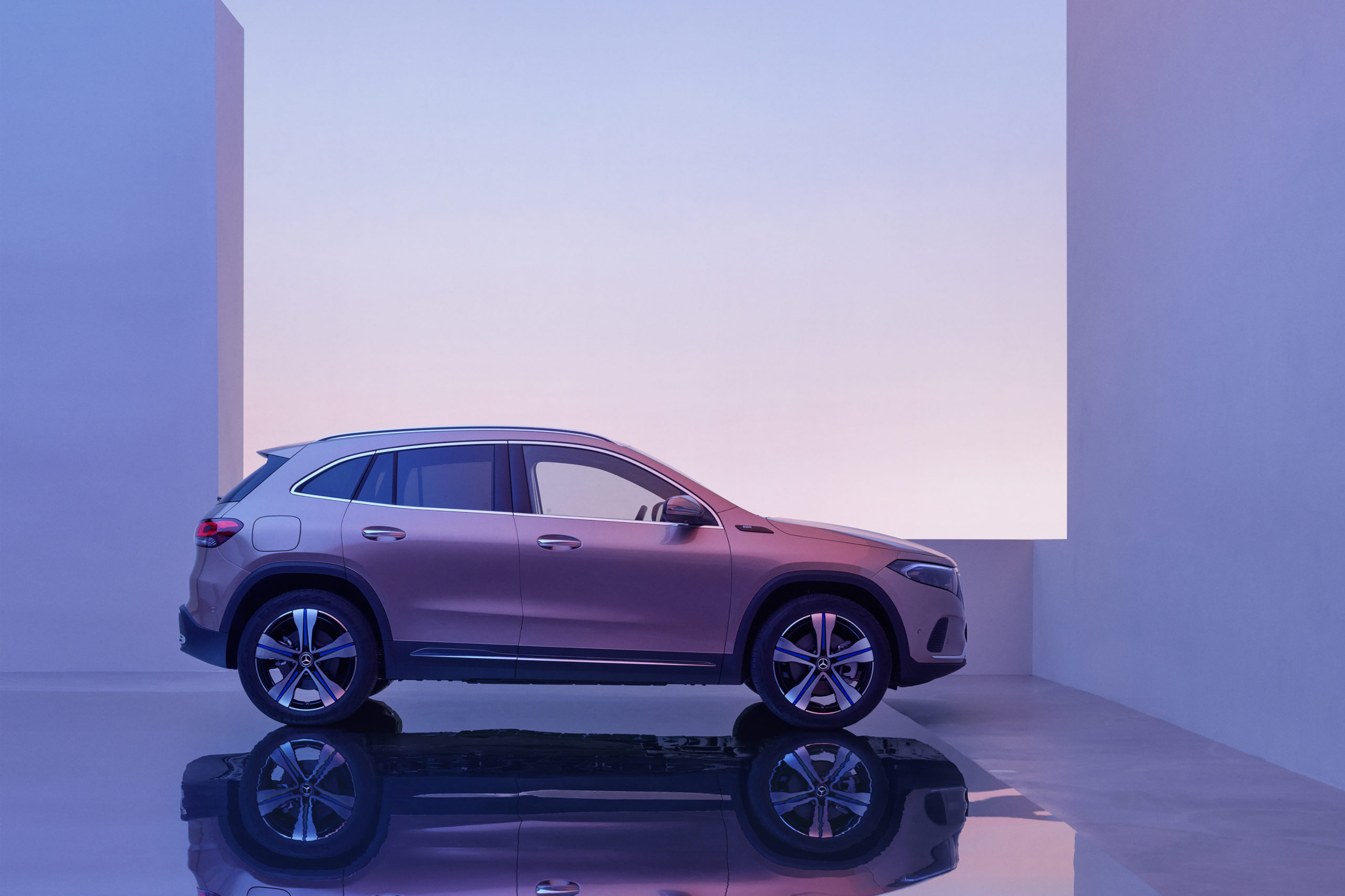

The EQB: all-electric family size SUV
The new EQB is an iconic electric SUV which incorporates the square forms of Mercedes-Benz off-roaders and projects them into the future. Whether it’s for a large nuclear family (7-Seat option available) or a small extended family, the new EQB offers space for many family configurations and a wide variety of transport needs. This gives it an exceptional position among compact electric cars.
This all-electric compact SUV will be available in the form of the EQB 350 4MATIC derivative. This all-wheel drive model offers a power output of 215KW, a range of up to 419km and a combined electrical consumption of 17.4kWh/100km.
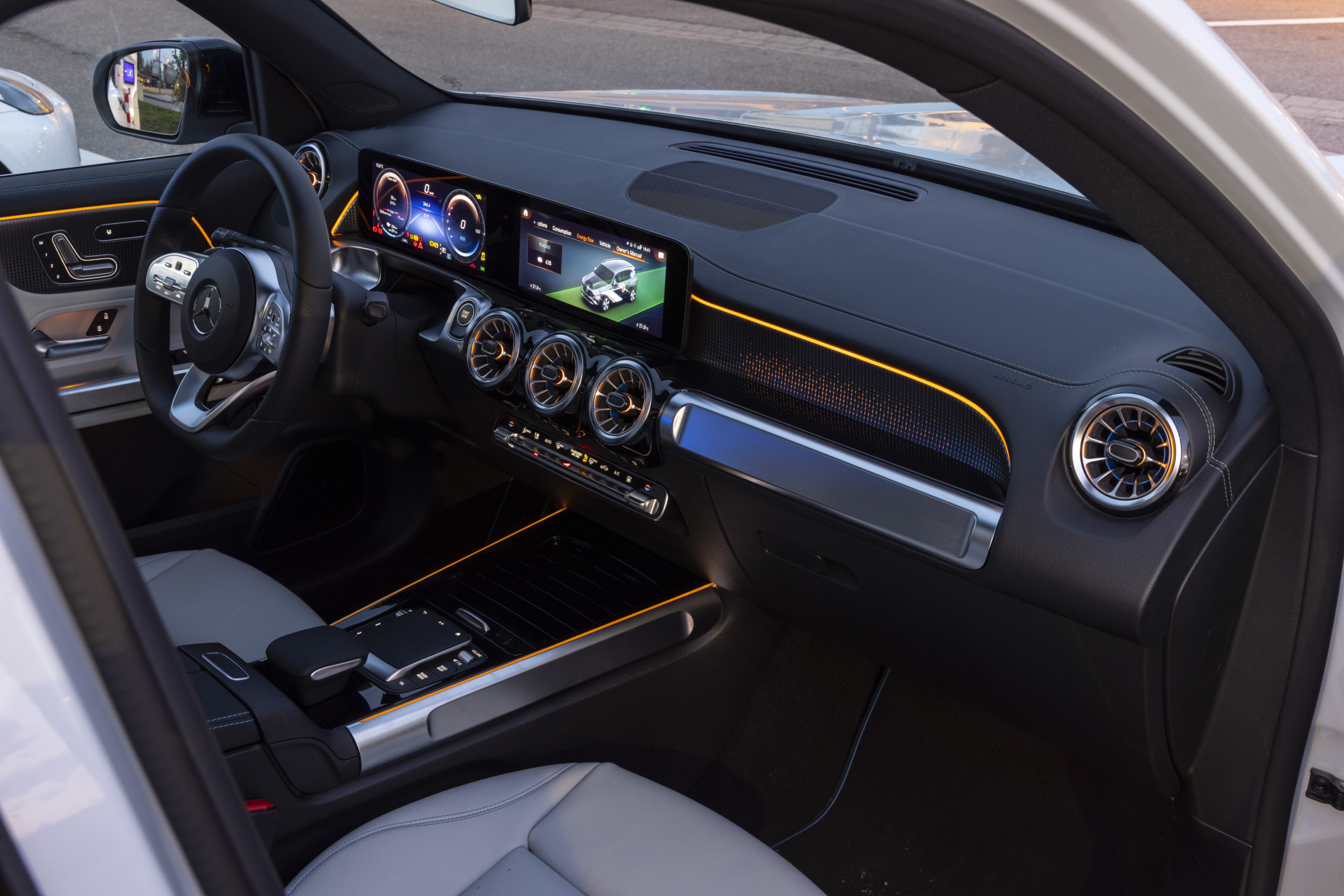
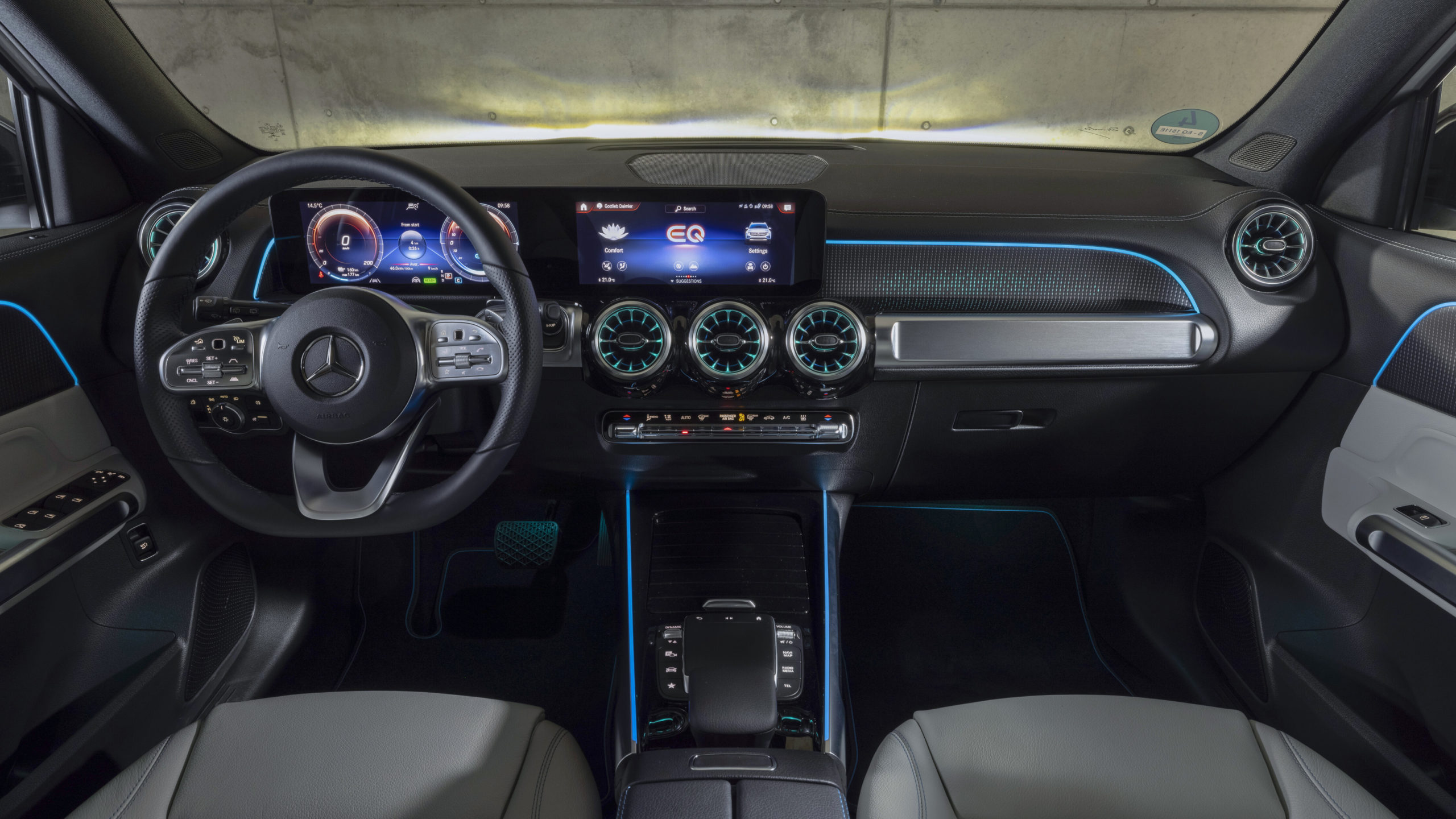
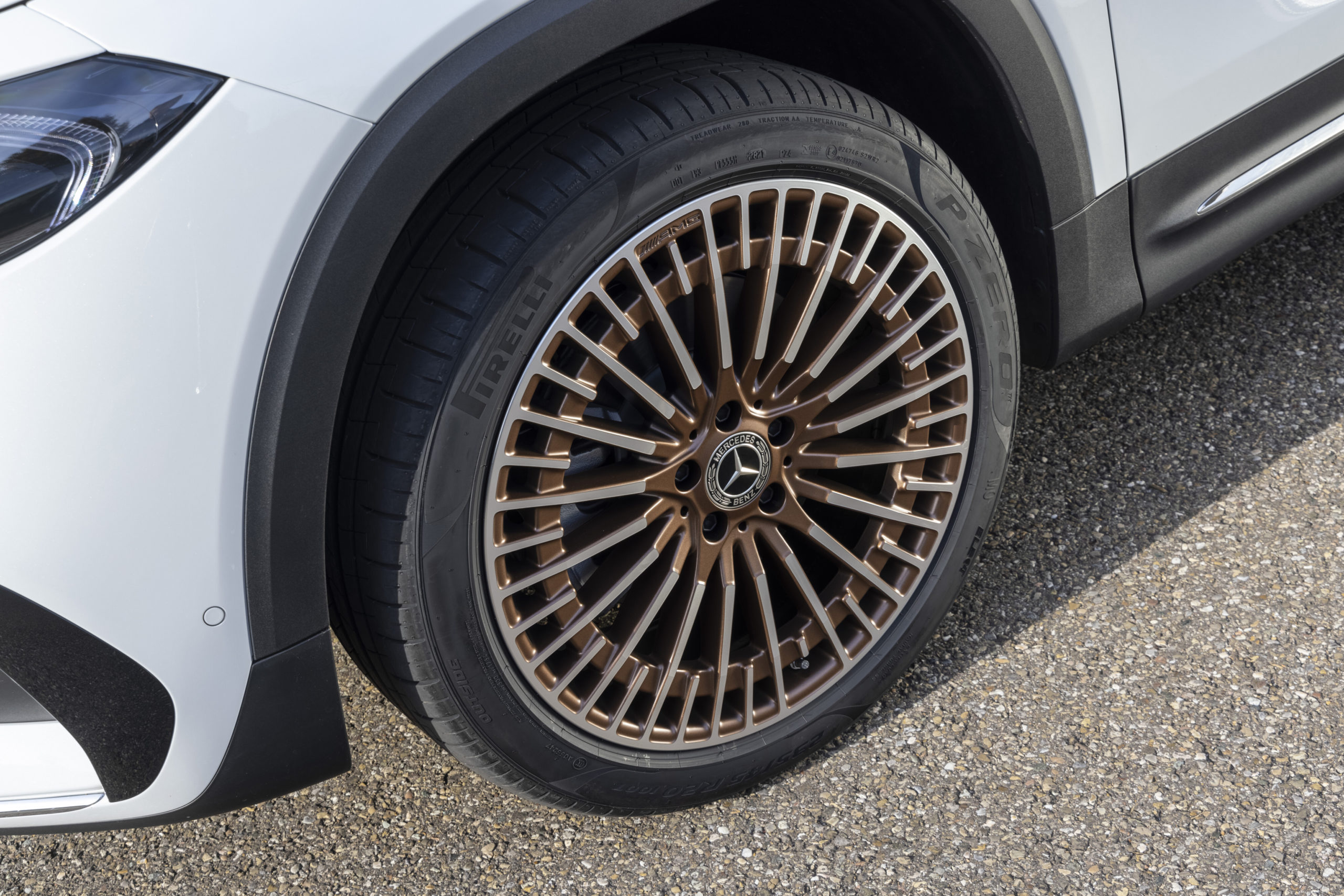
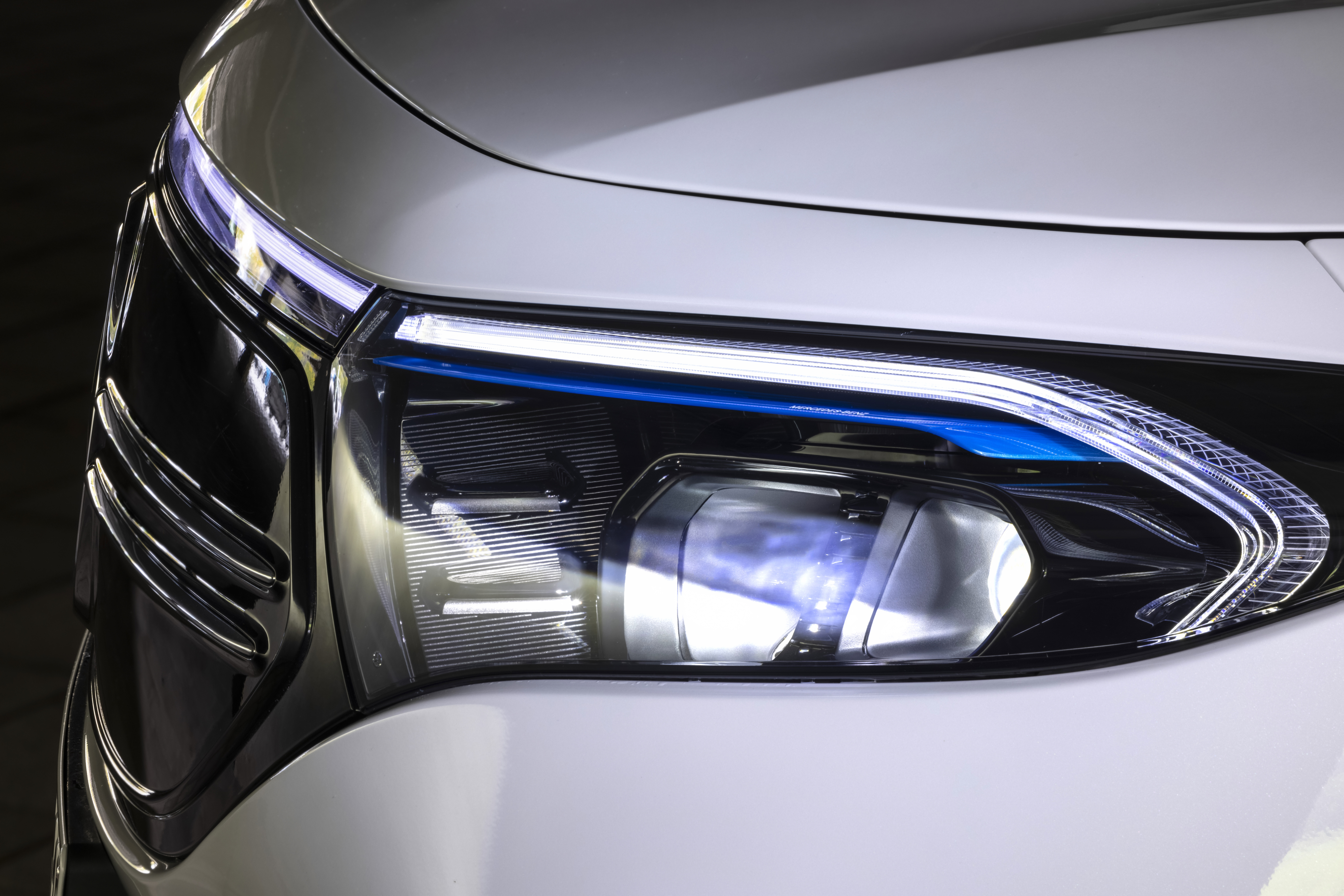
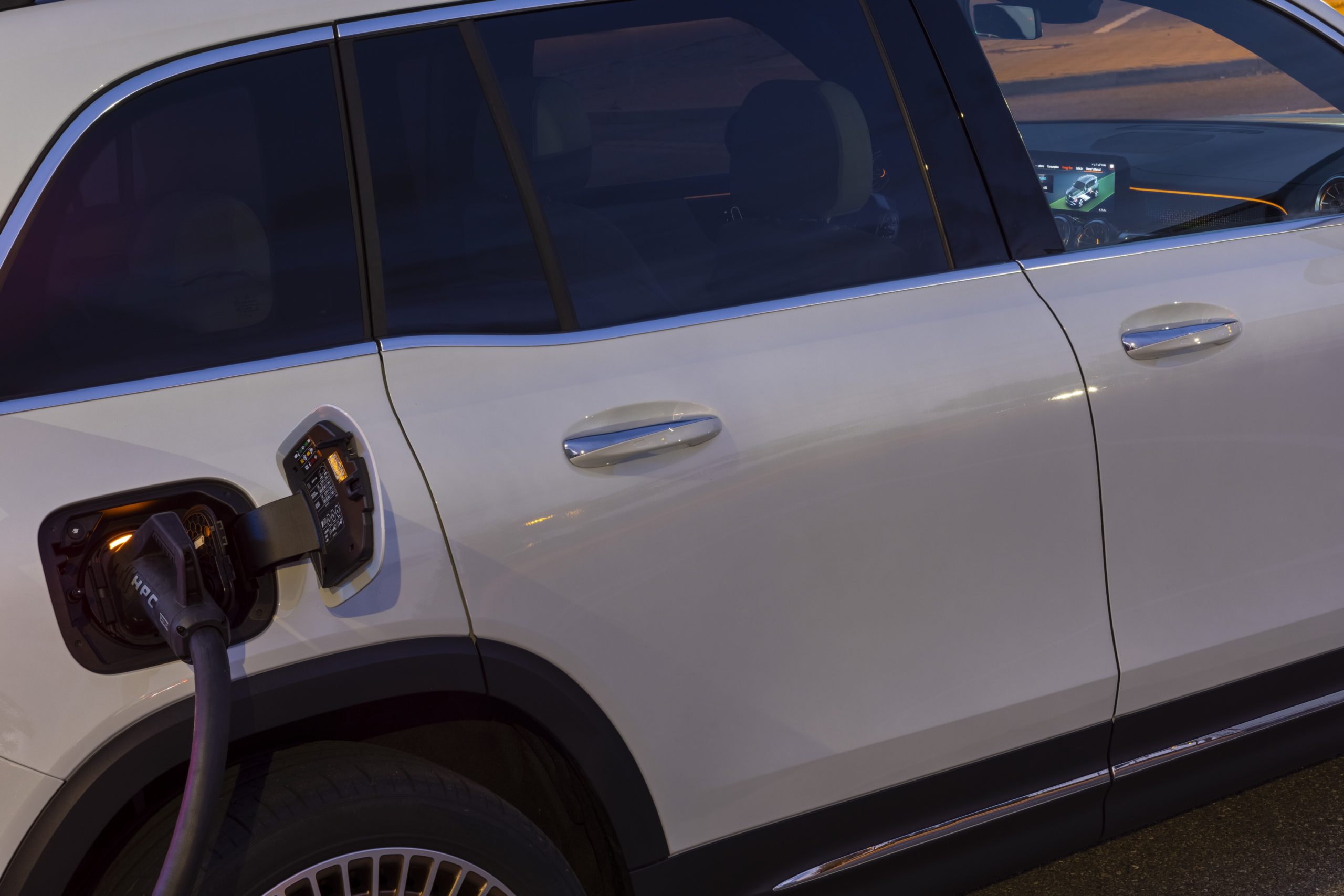
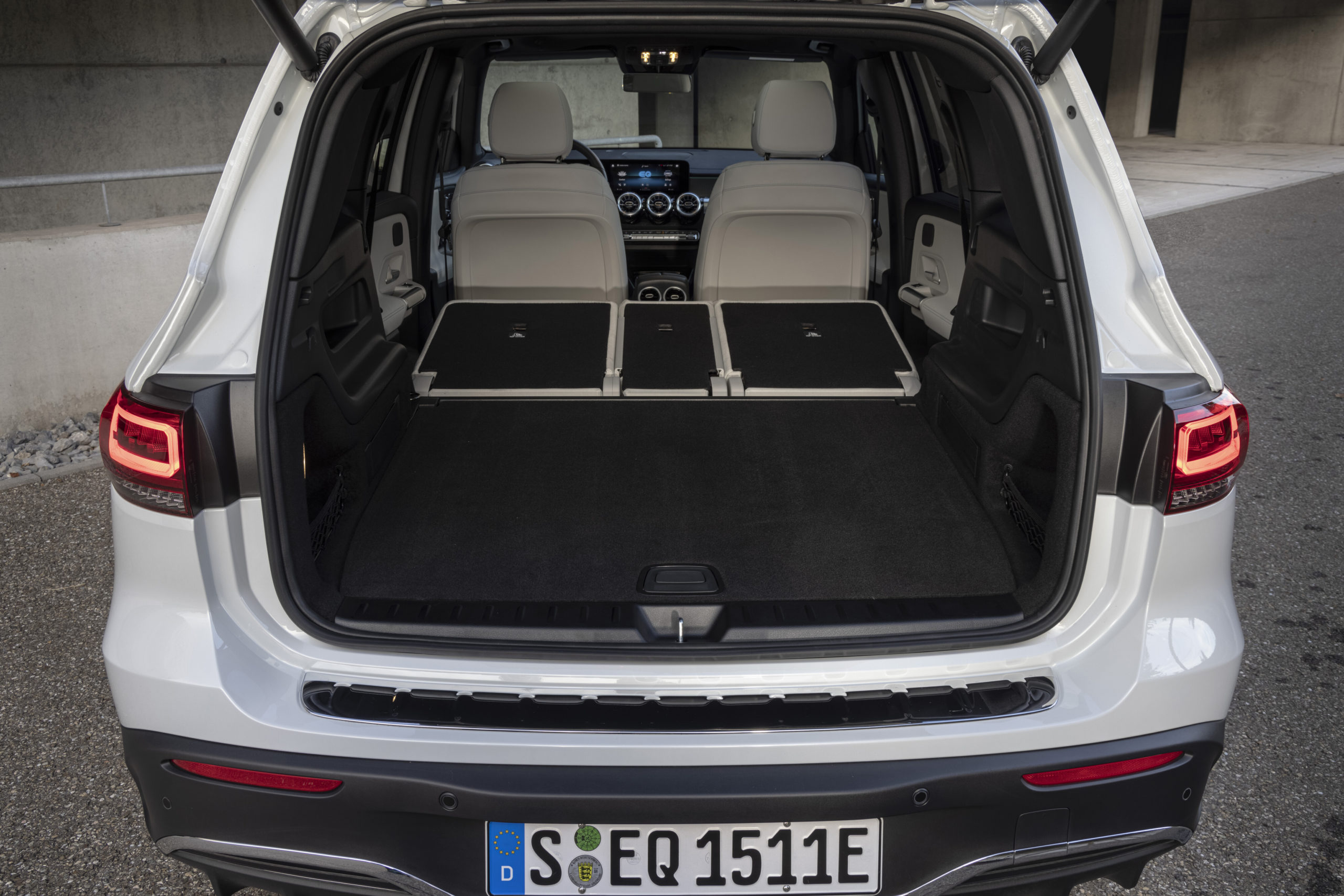
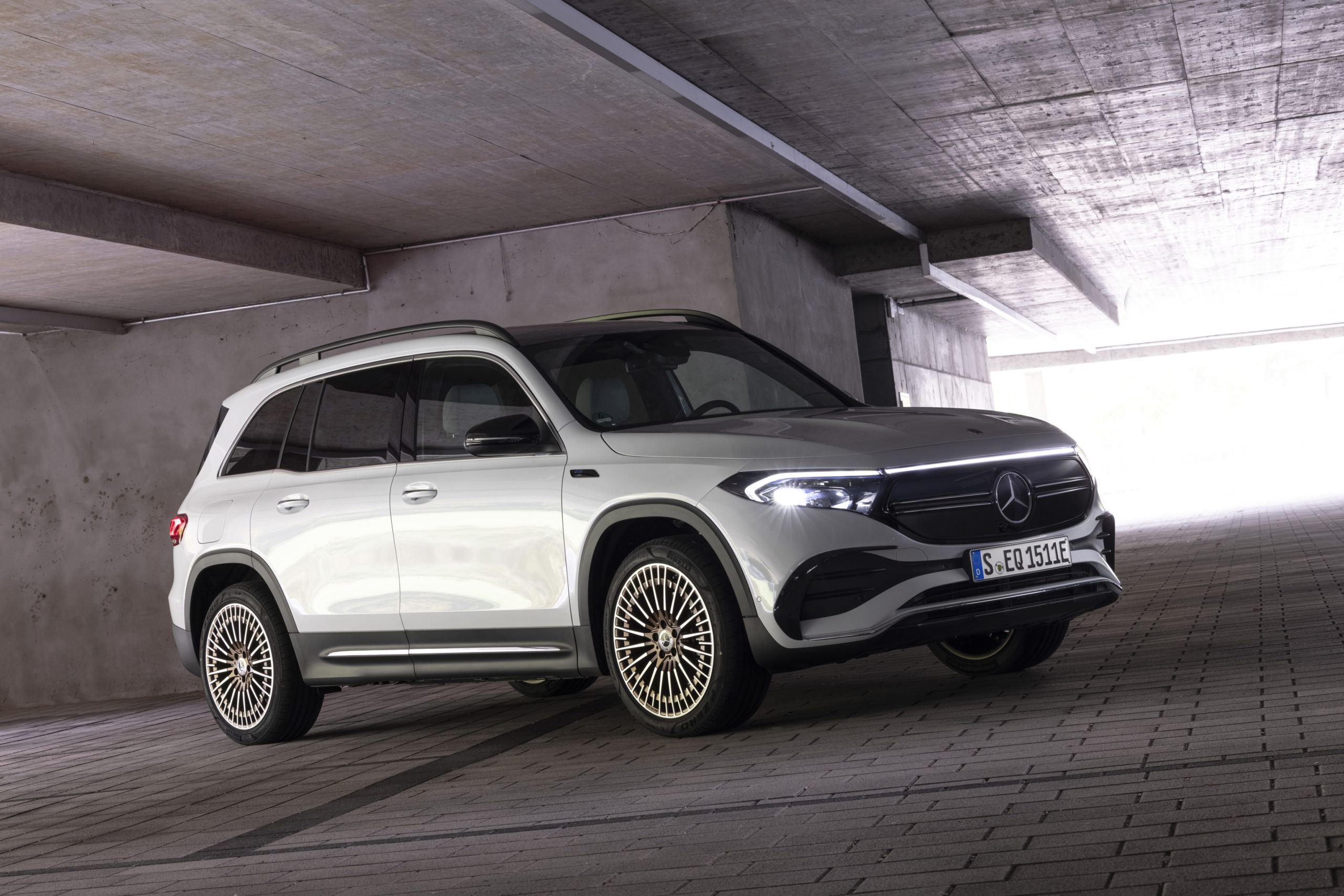

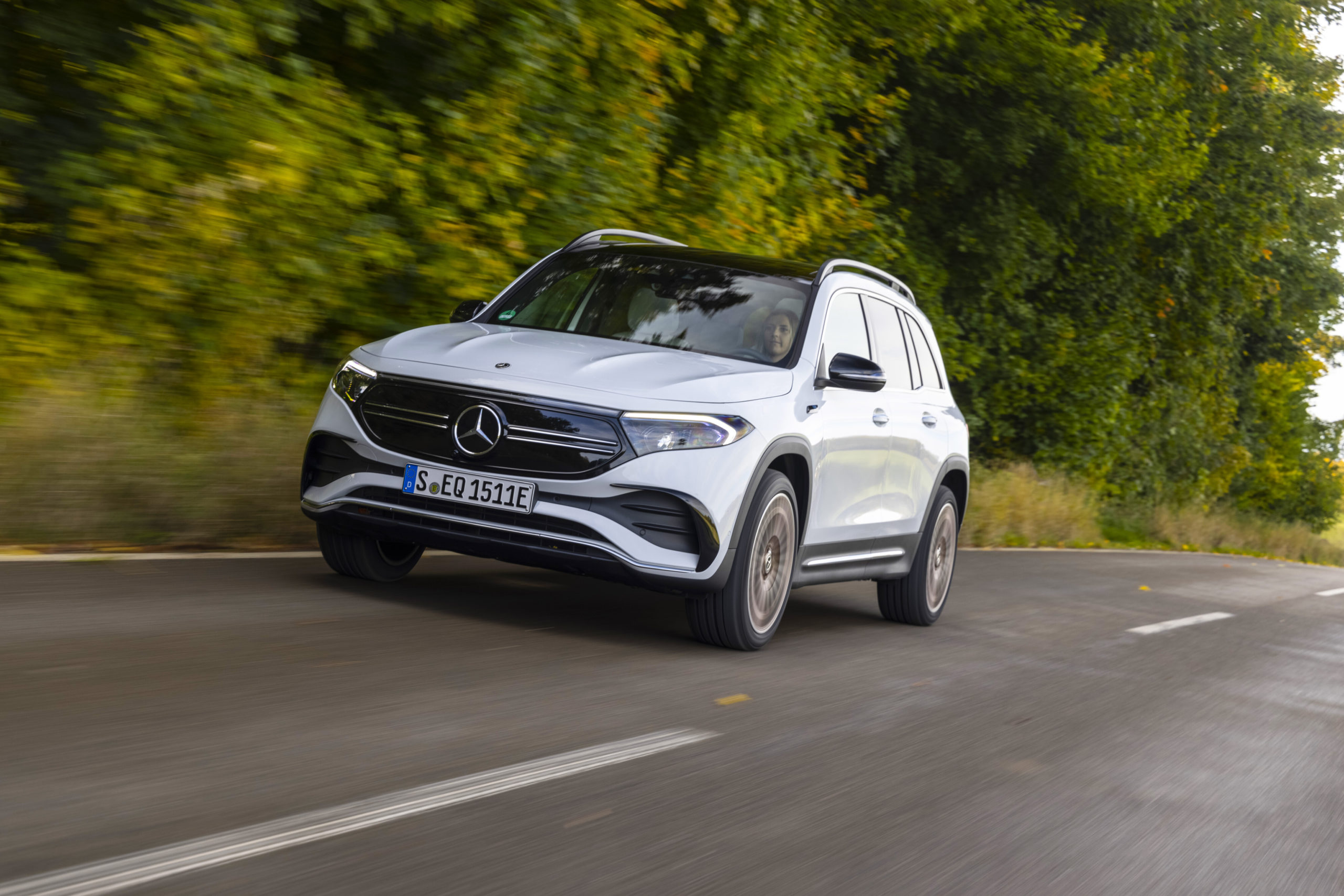
EQC: all-electric mid-sized SUV
The EQC was the first car to be produced by Mercedes-Benz in the line of the new generation of the Mercedes-Benz EQ family with a battery electric drivetrain. It marked the start of the transfer of Mercedes-Benz towards future electric mobility.
This all-wheel drive model offers a power output of 300KW, a range of up to 437 km*(WLTP) and a combined electrical consumption of 21.3kWh/100km *(WLTP).

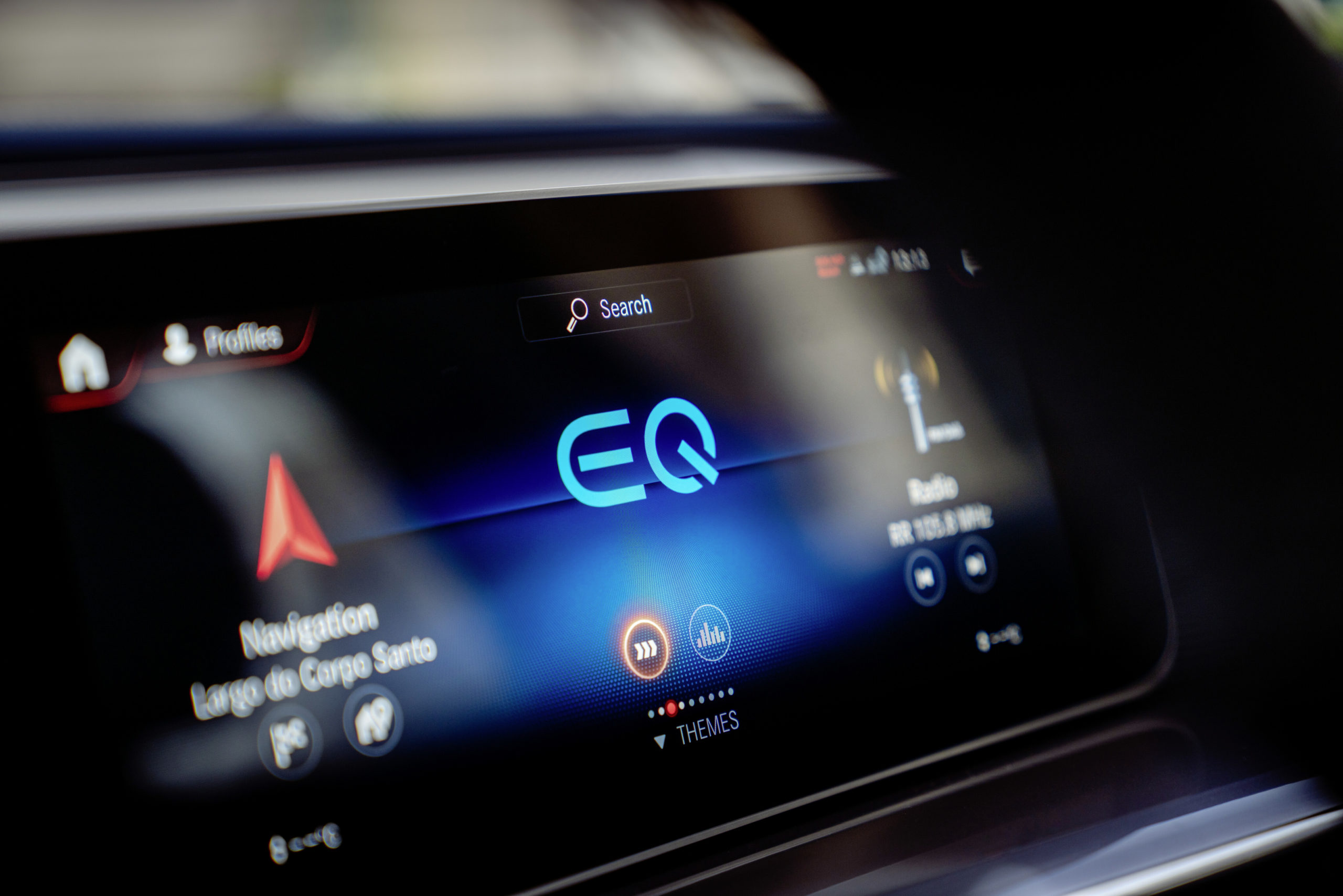
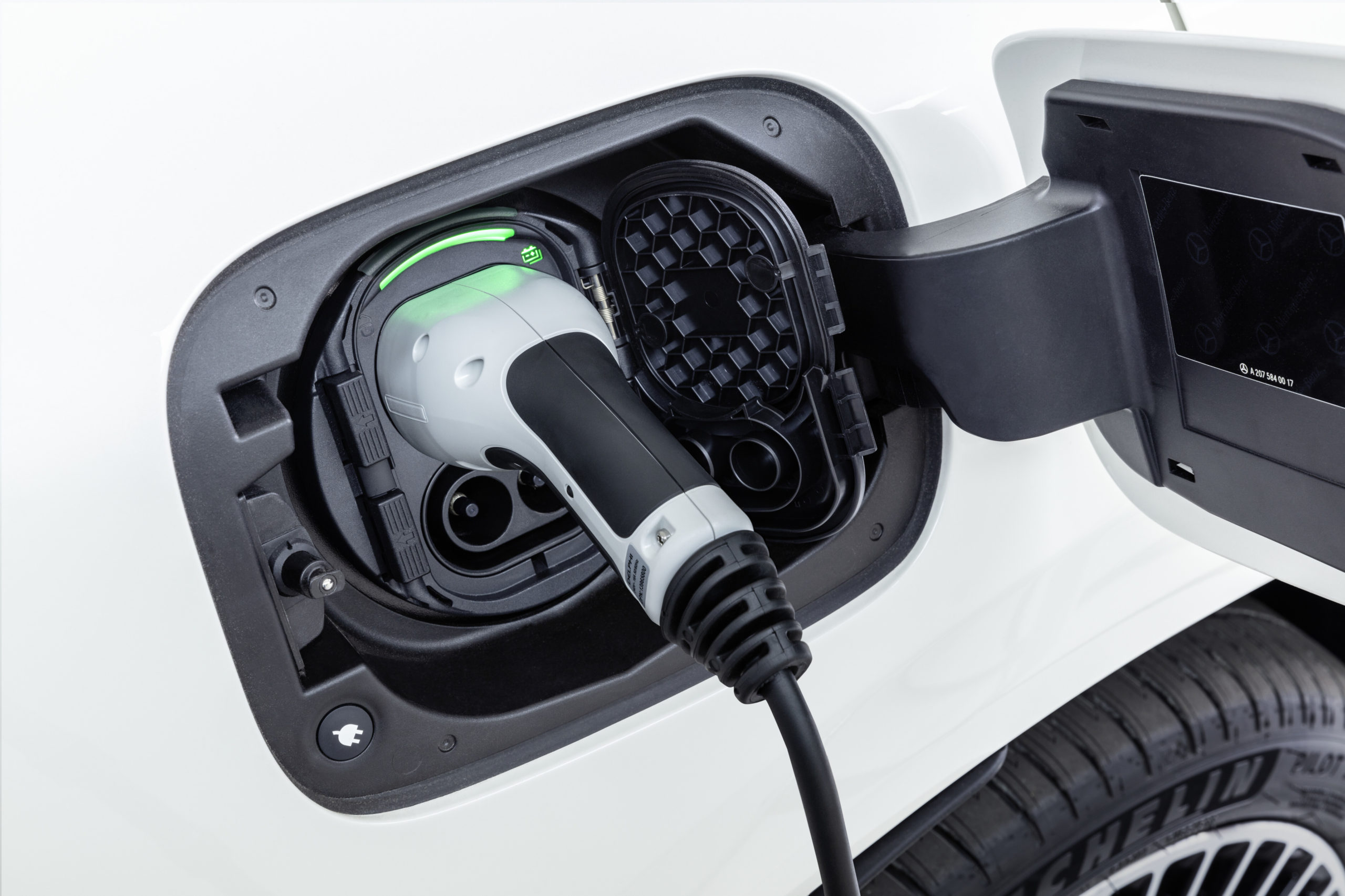
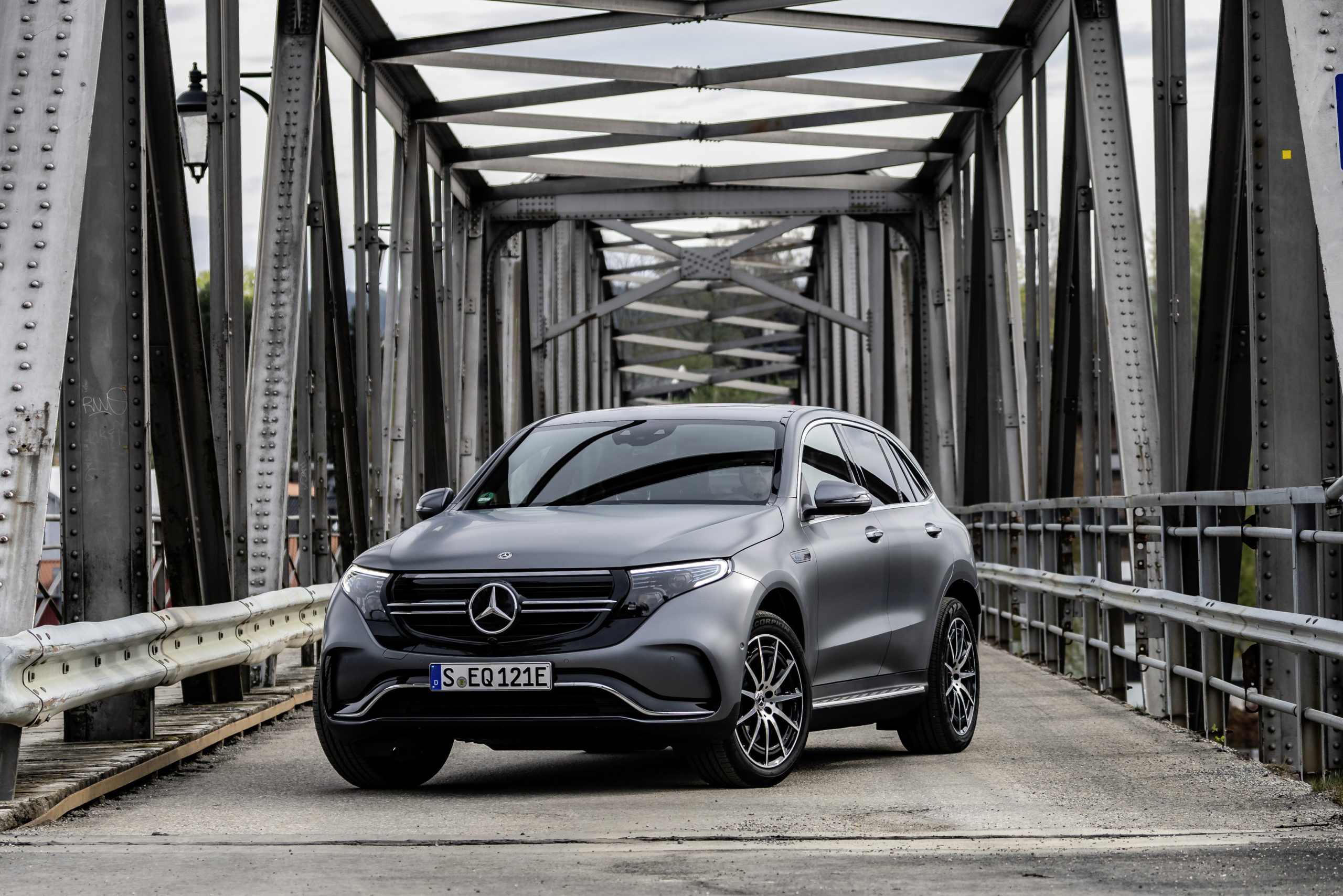
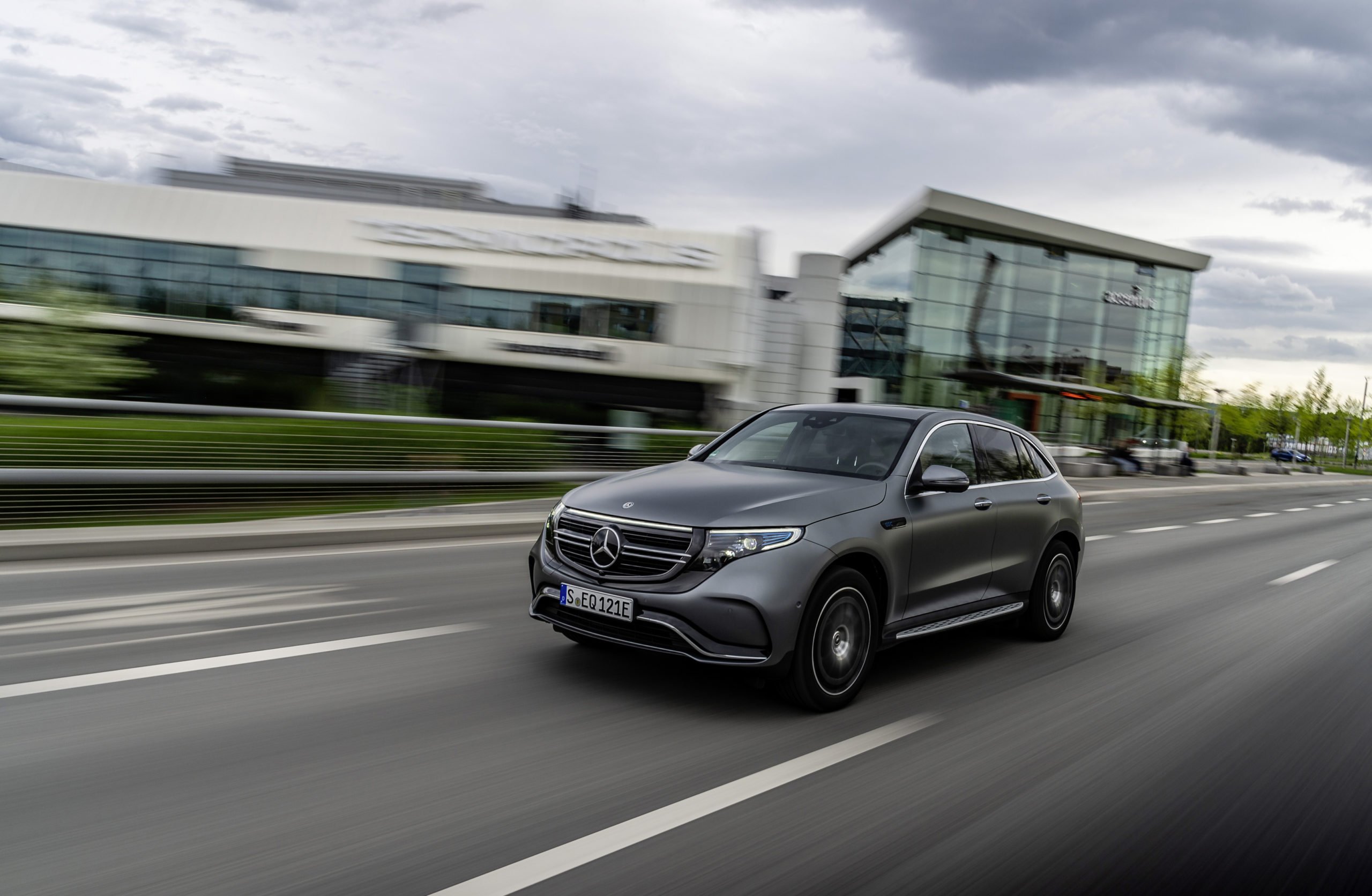

The EQE: all-electric business sedan
The new EQE offers all the essential functions of the range topping EQS in a slightly more compact format. The EQE’s interior dimensions even exceed those of today’s E-Class, carrying the concept of the business sedan into the future.
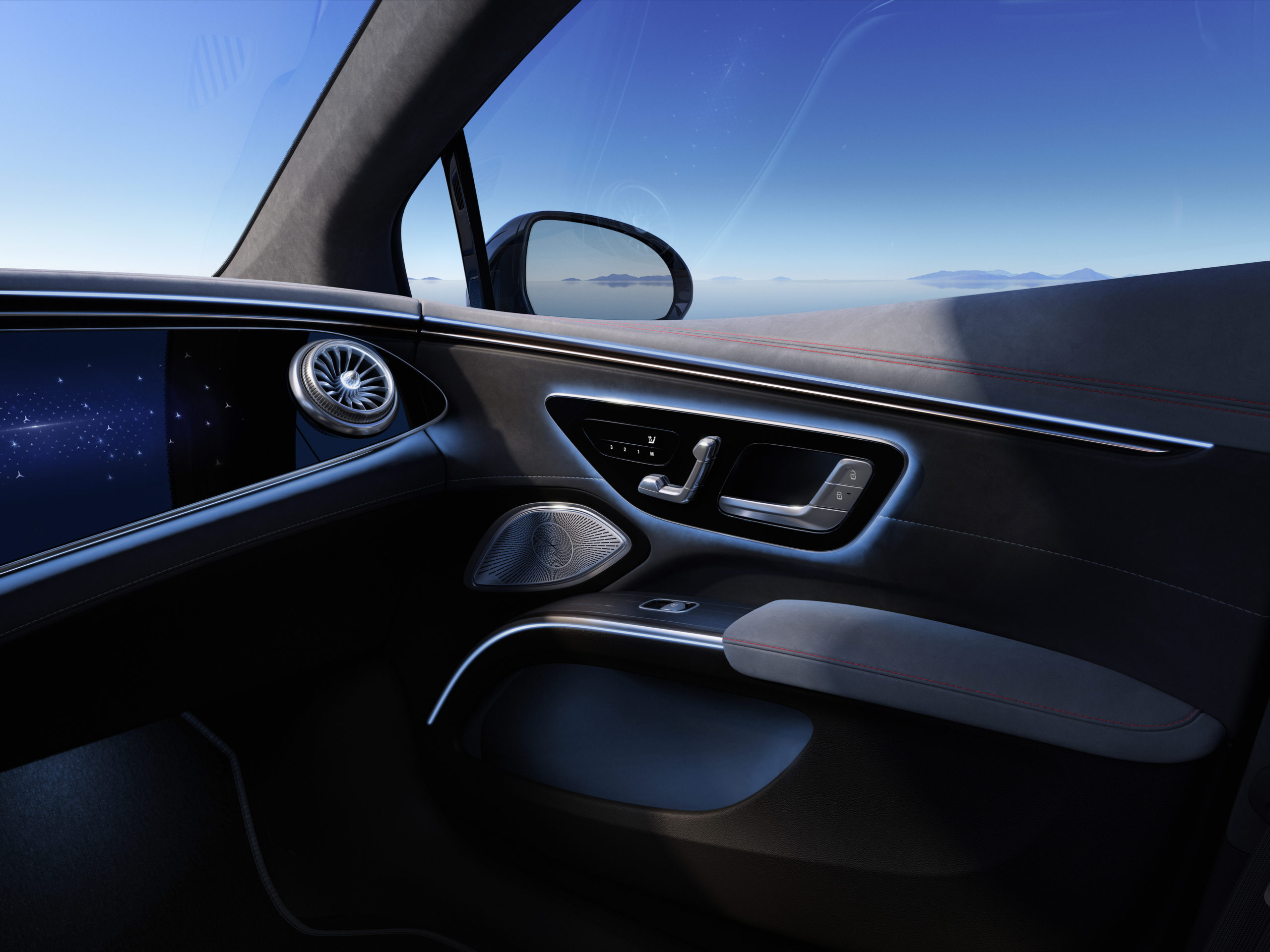
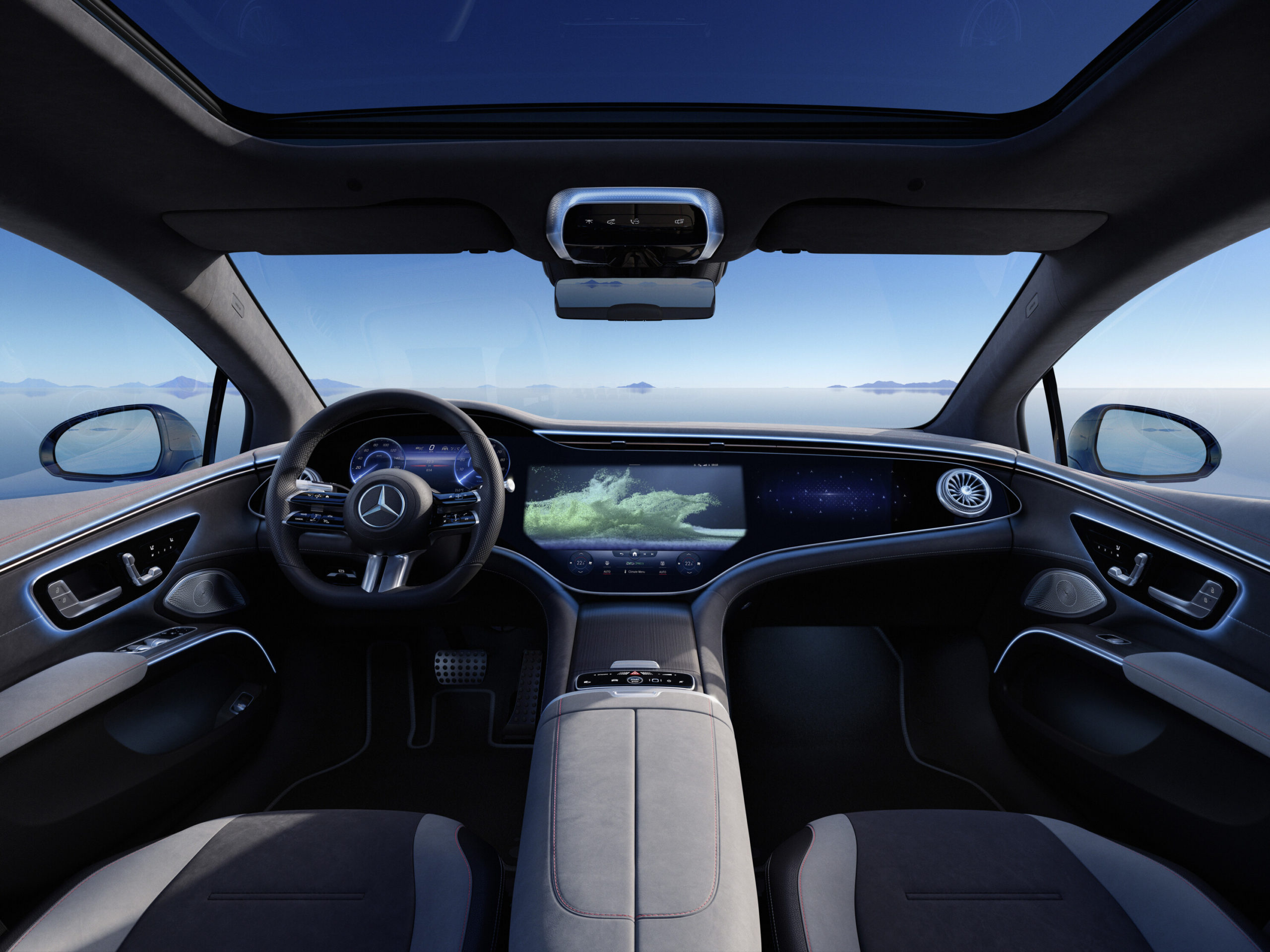
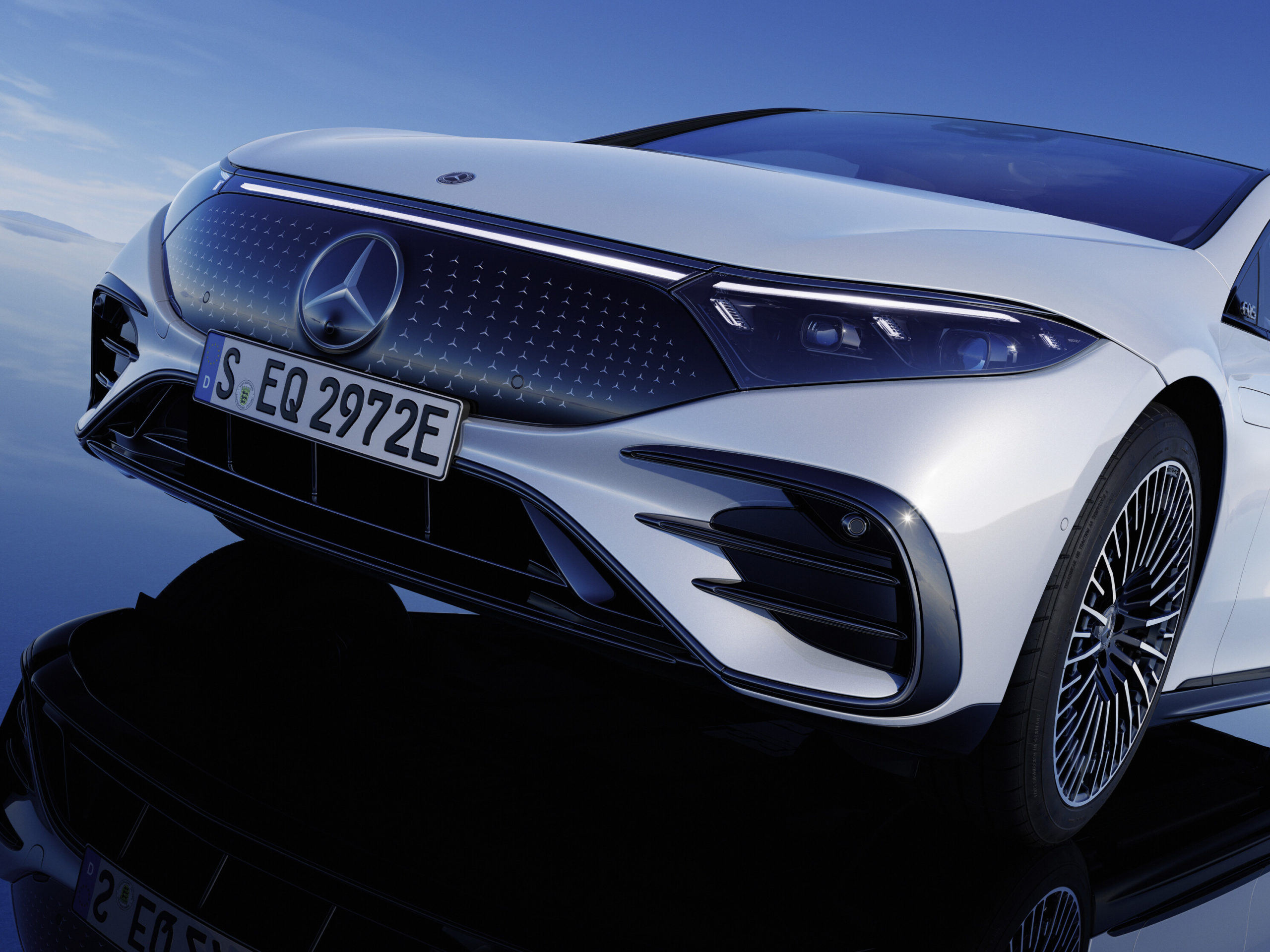
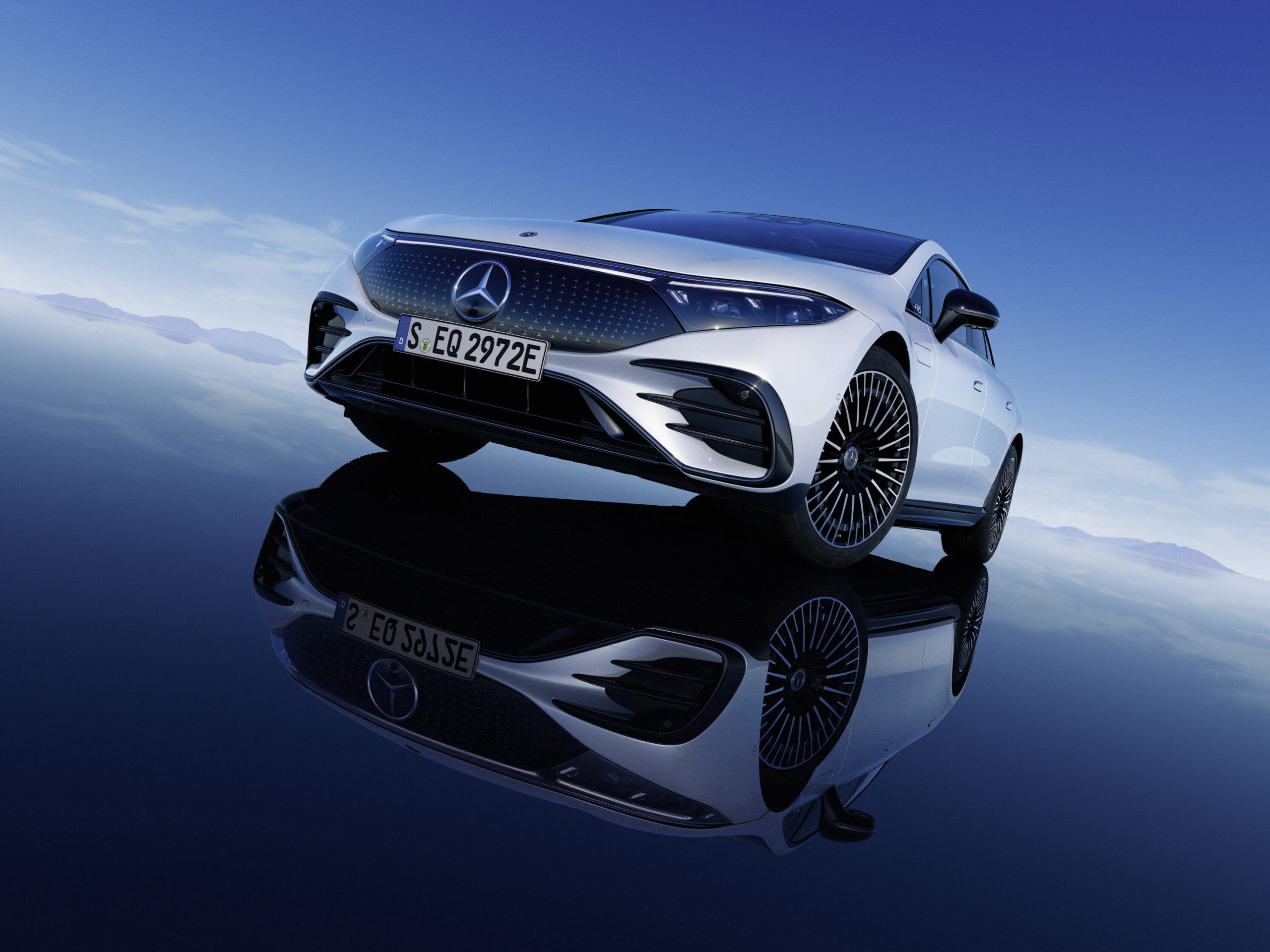

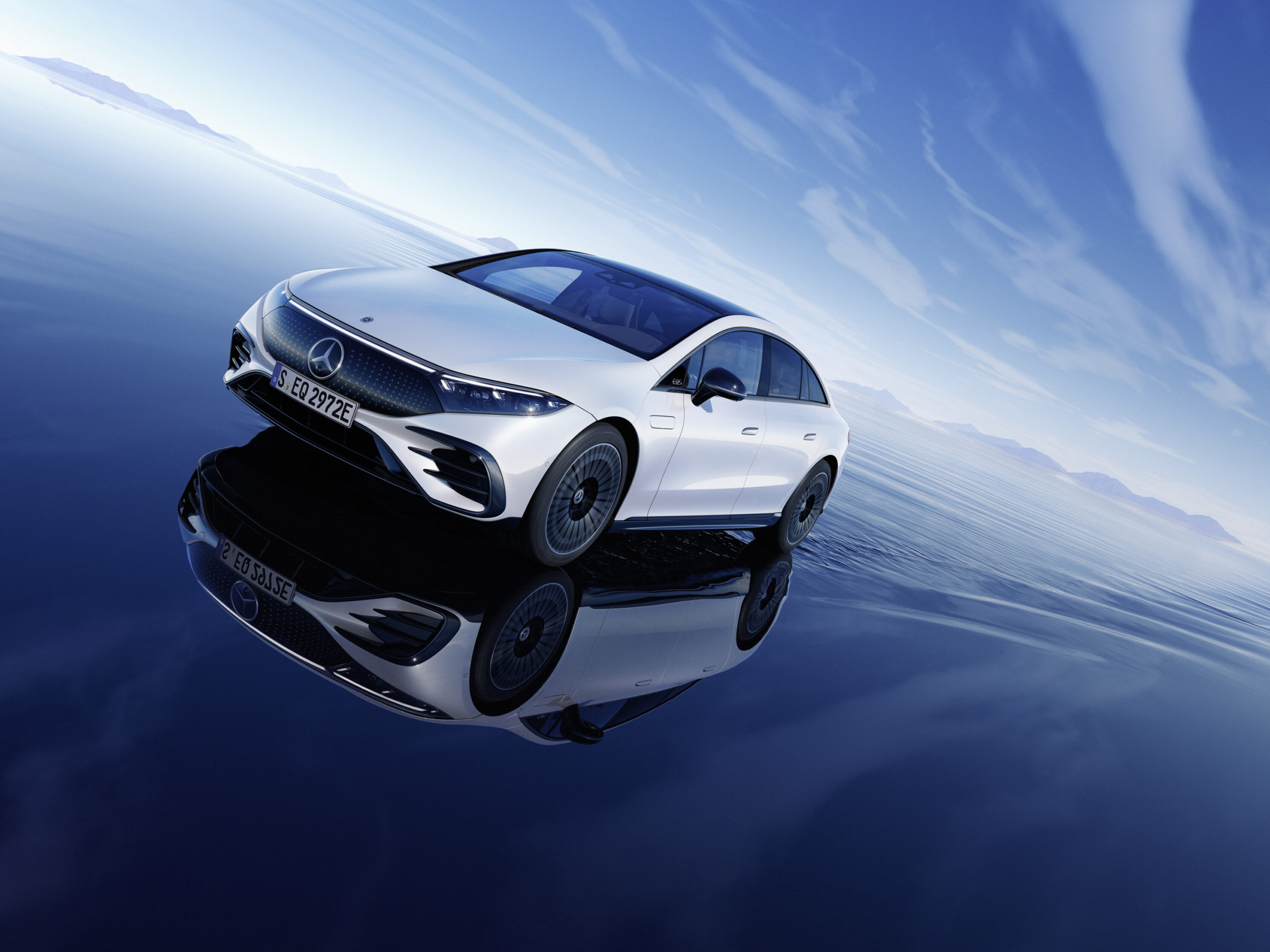
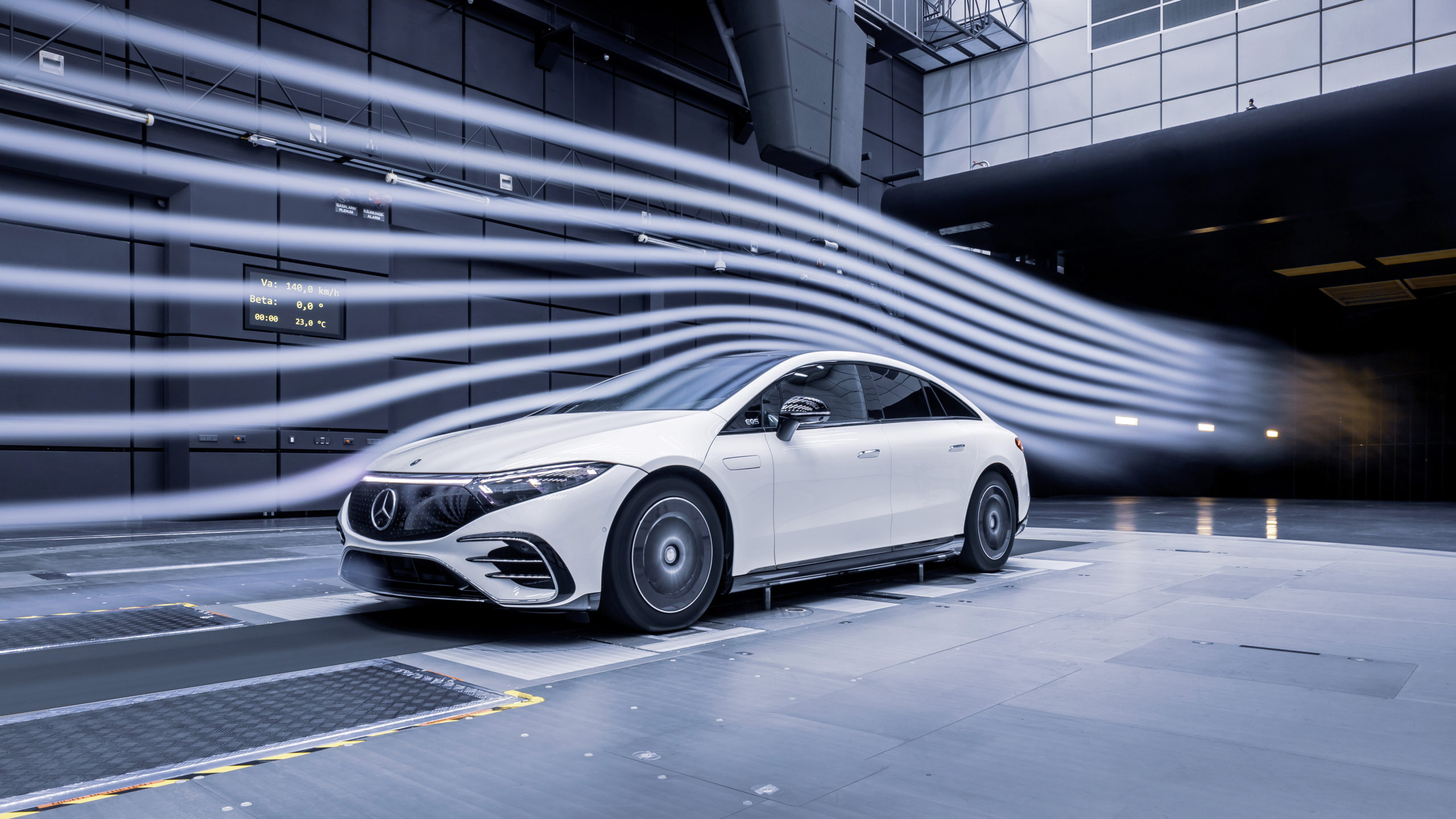
The EQS: all-electric luxury sedan
The first all-electric premium sedan from Mercedes-EQ, the EQS redefines the luxury vehicle segment. The innovative and holistic design is based on a new vehicle architecture which fuses technology, design, functionality and connectivity, delighting both drivers and passengers.
With ranges up to 780 kilometres and an output of up to 385 kW. The first models to come onto the market are the 245kW EQS 450+, with combined electrical consumption of 18.9-16.2 kWh/100 km.
We will share pricing and other details once it is made available to us


